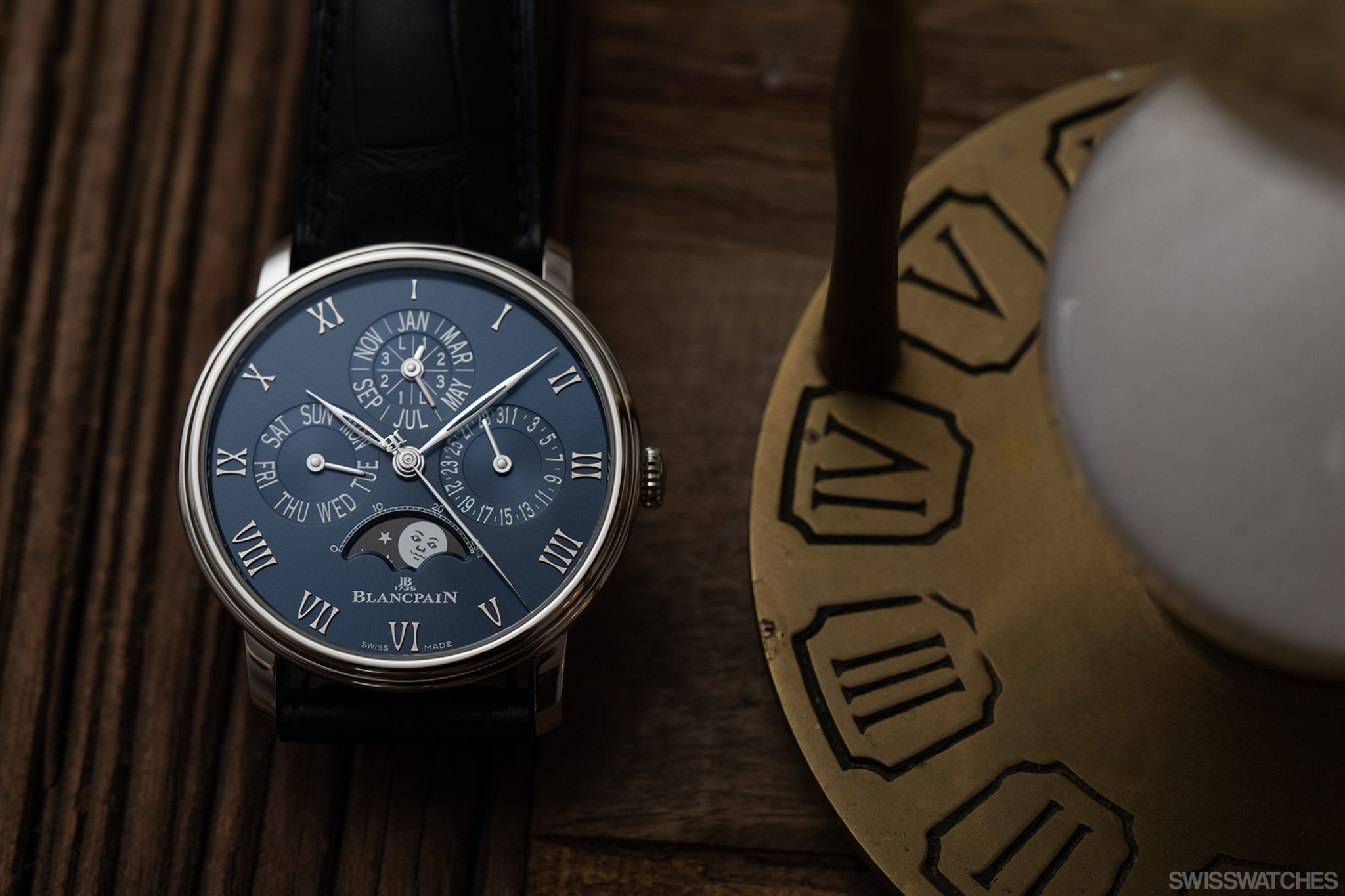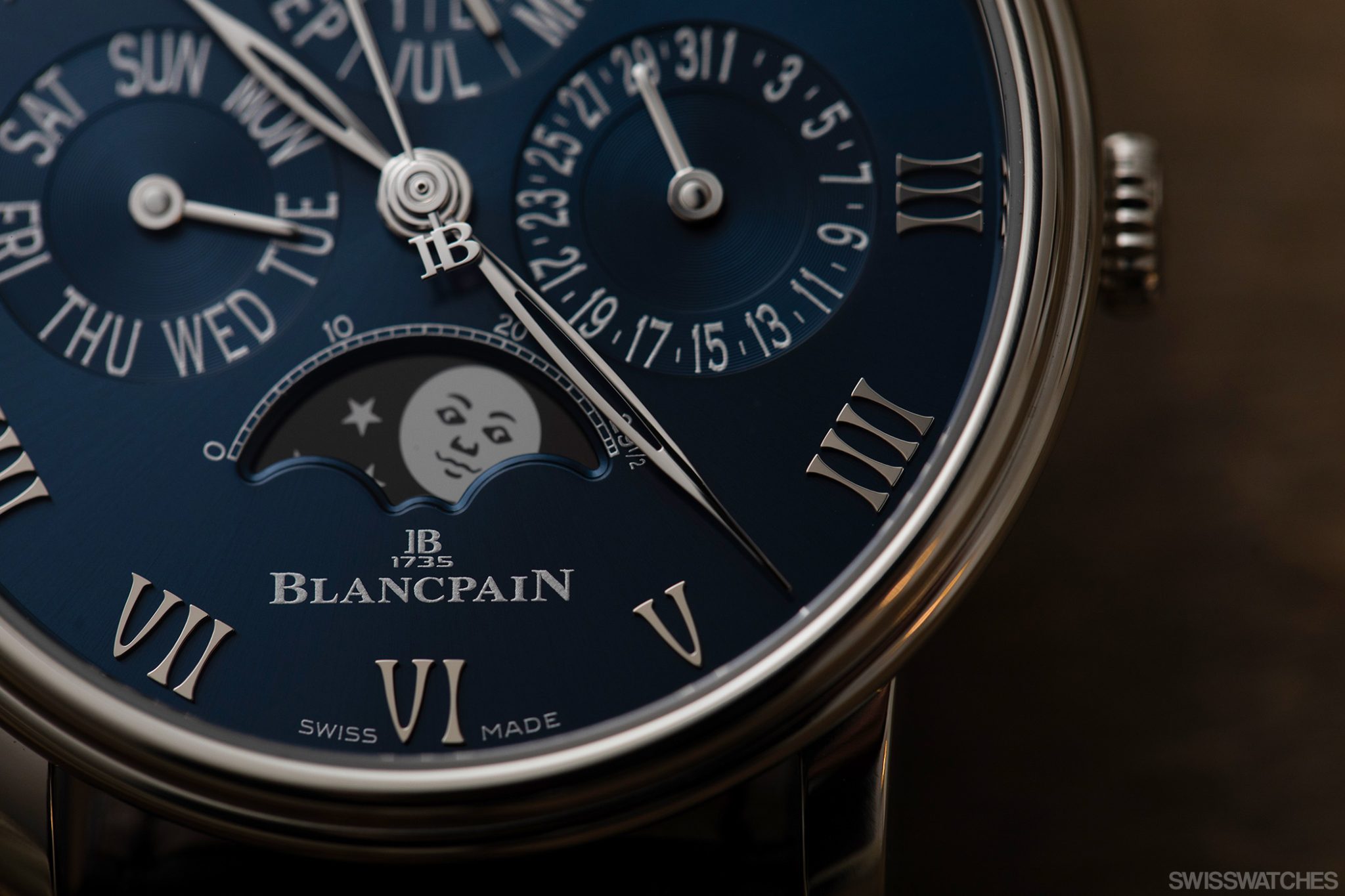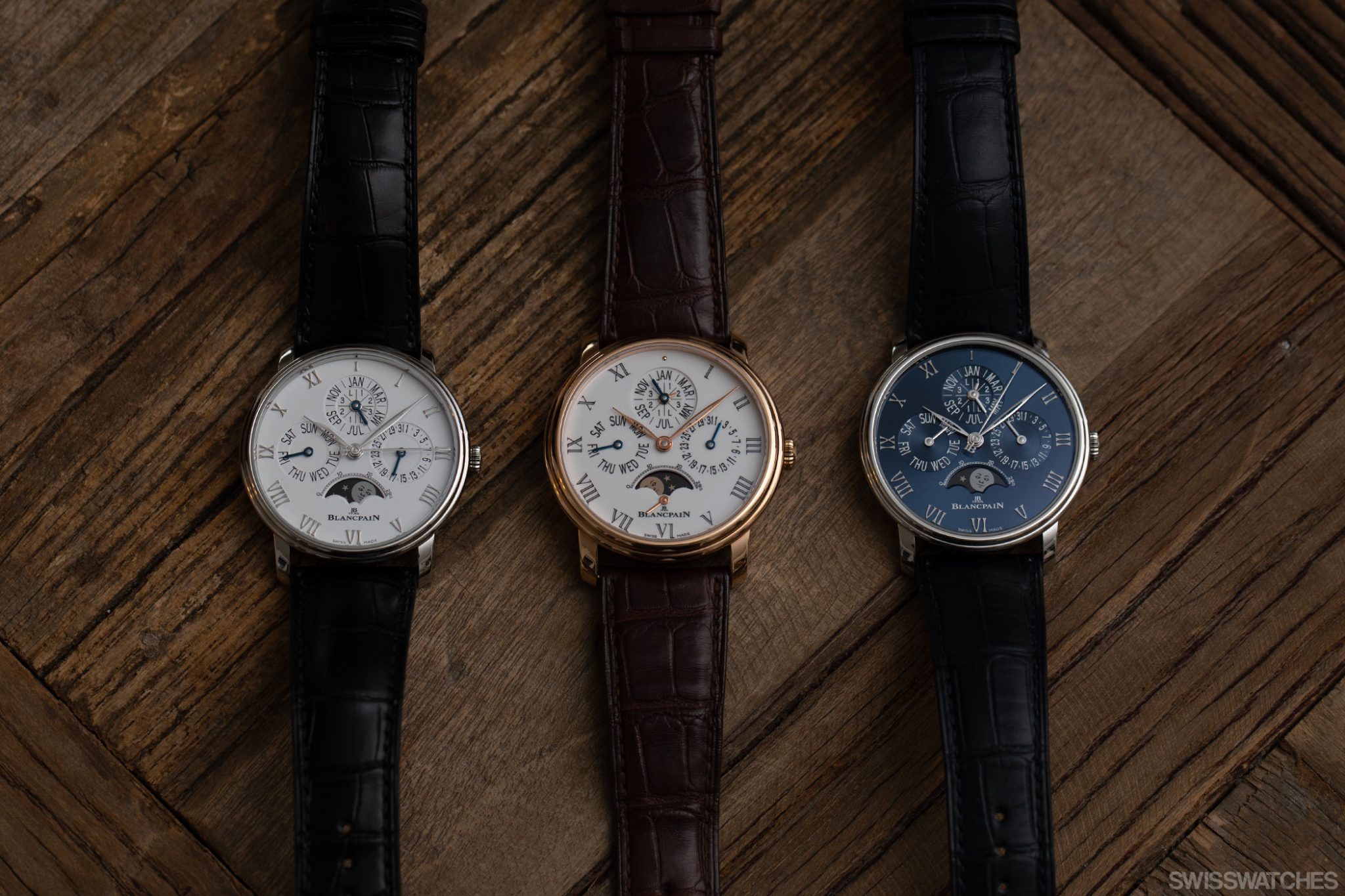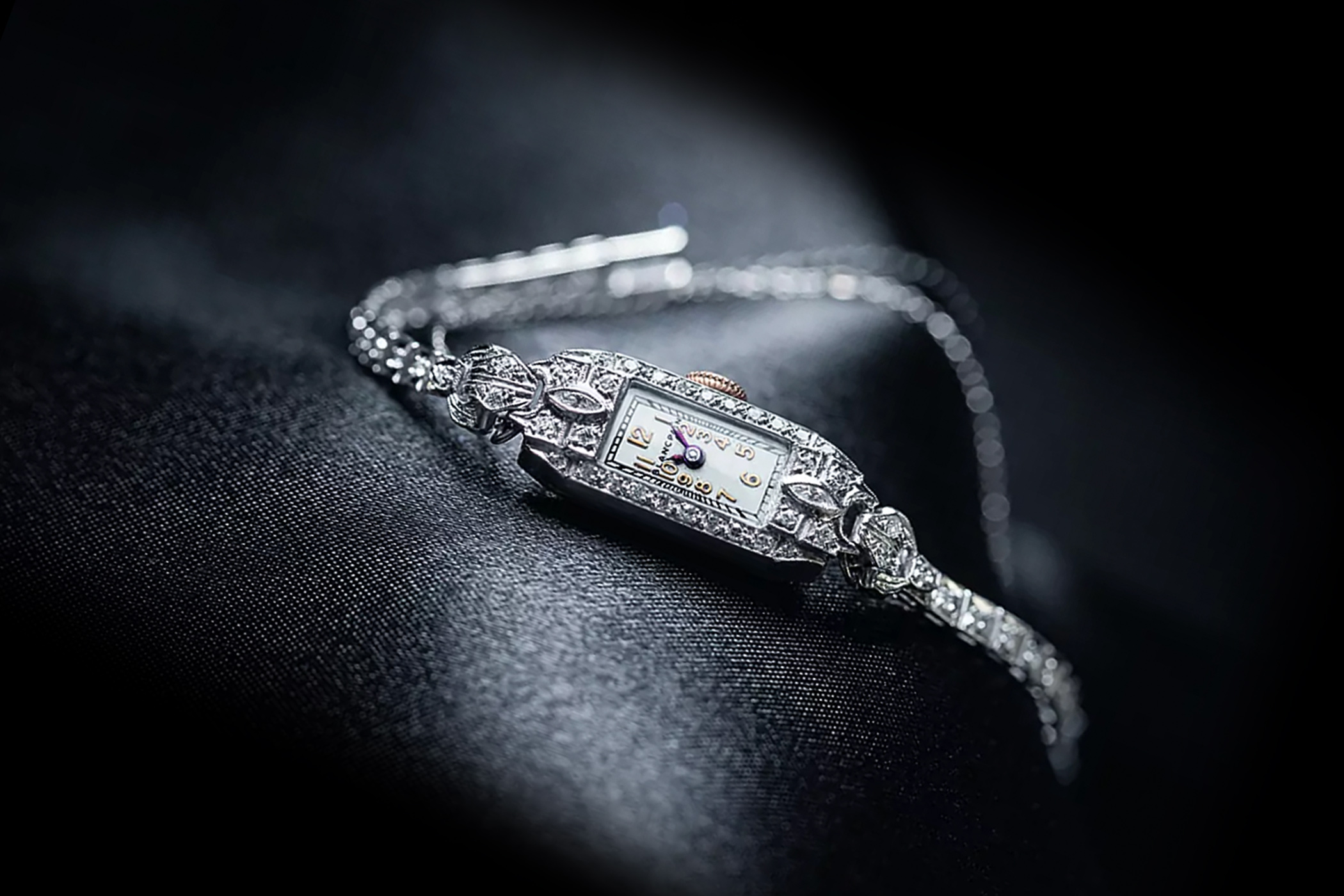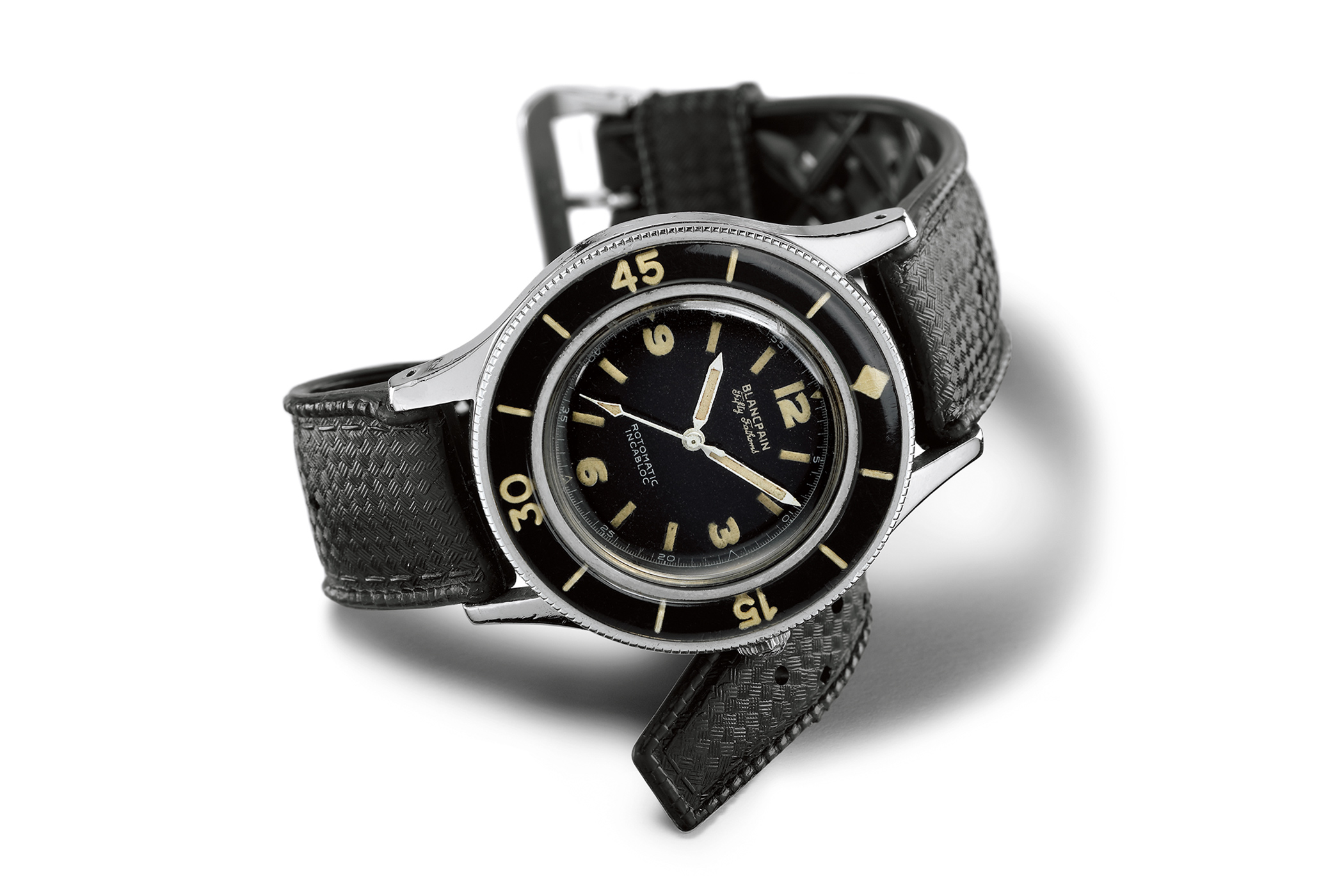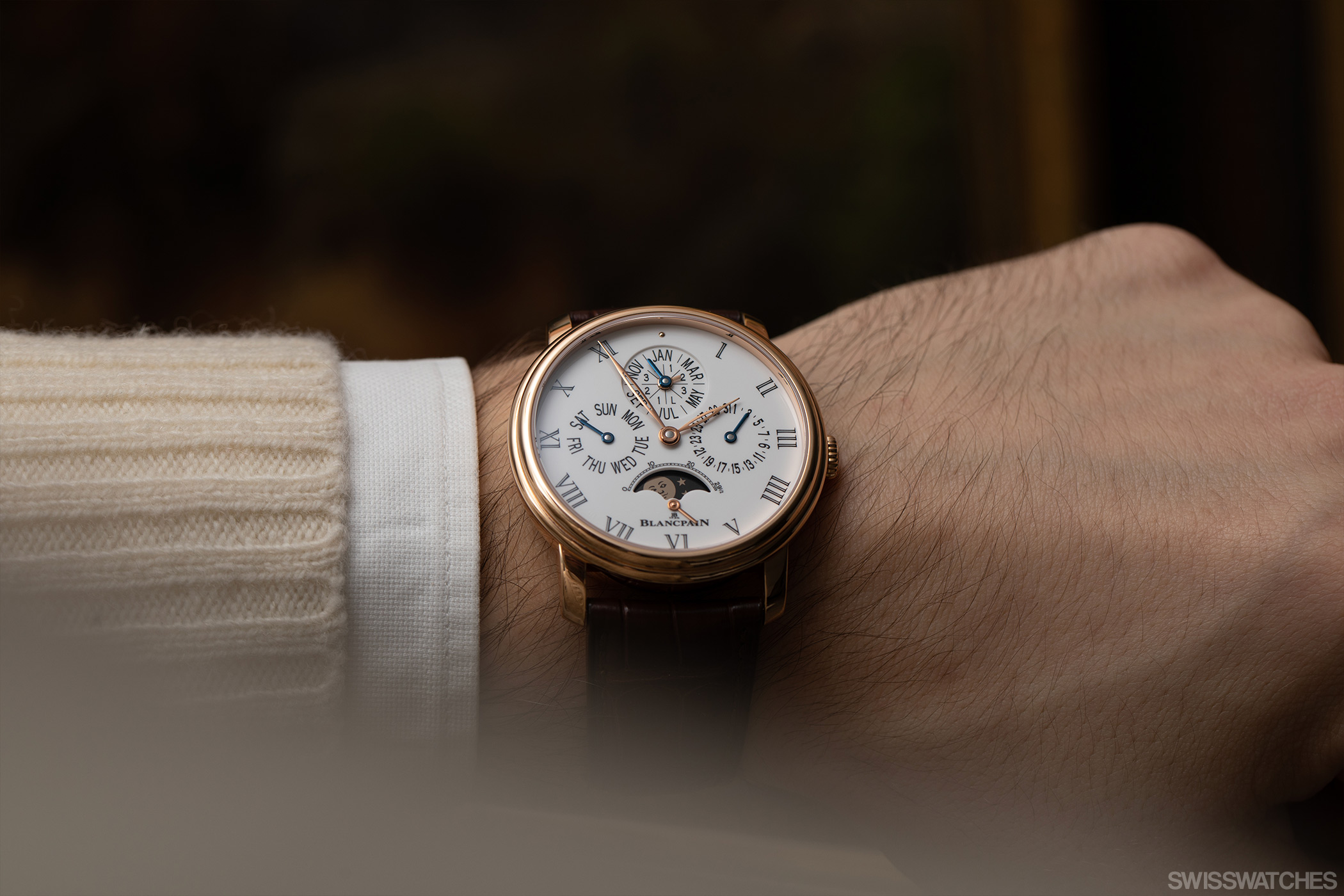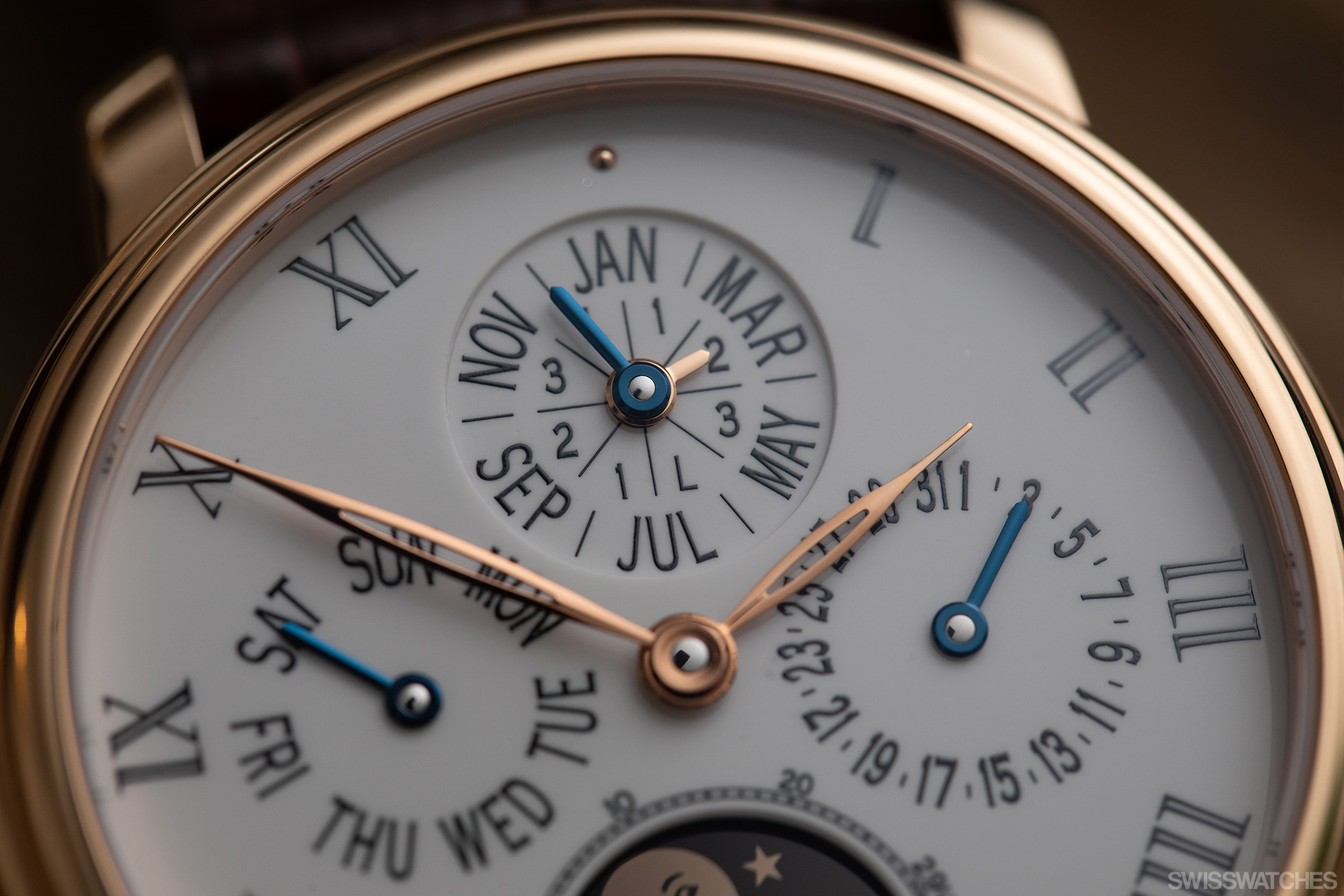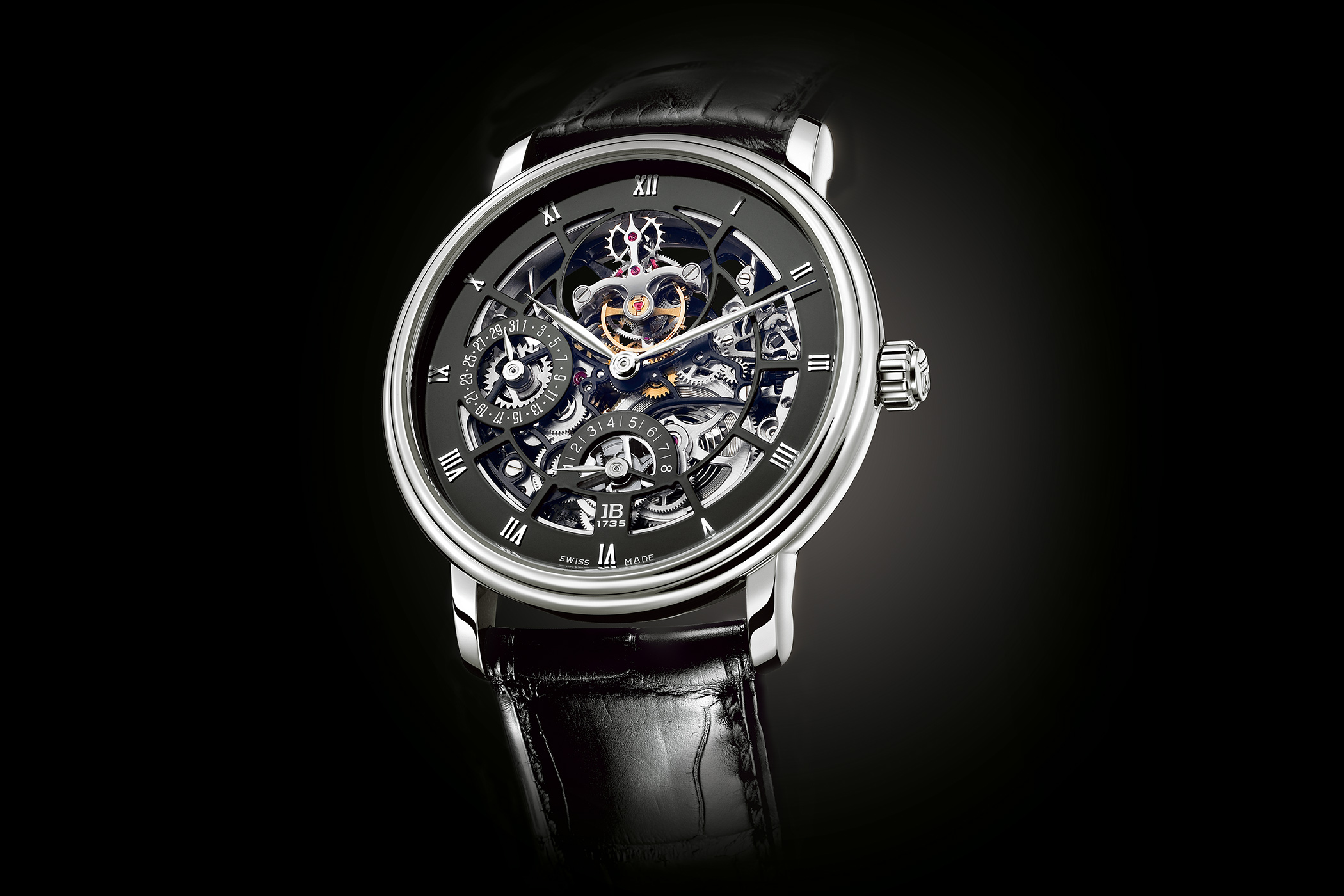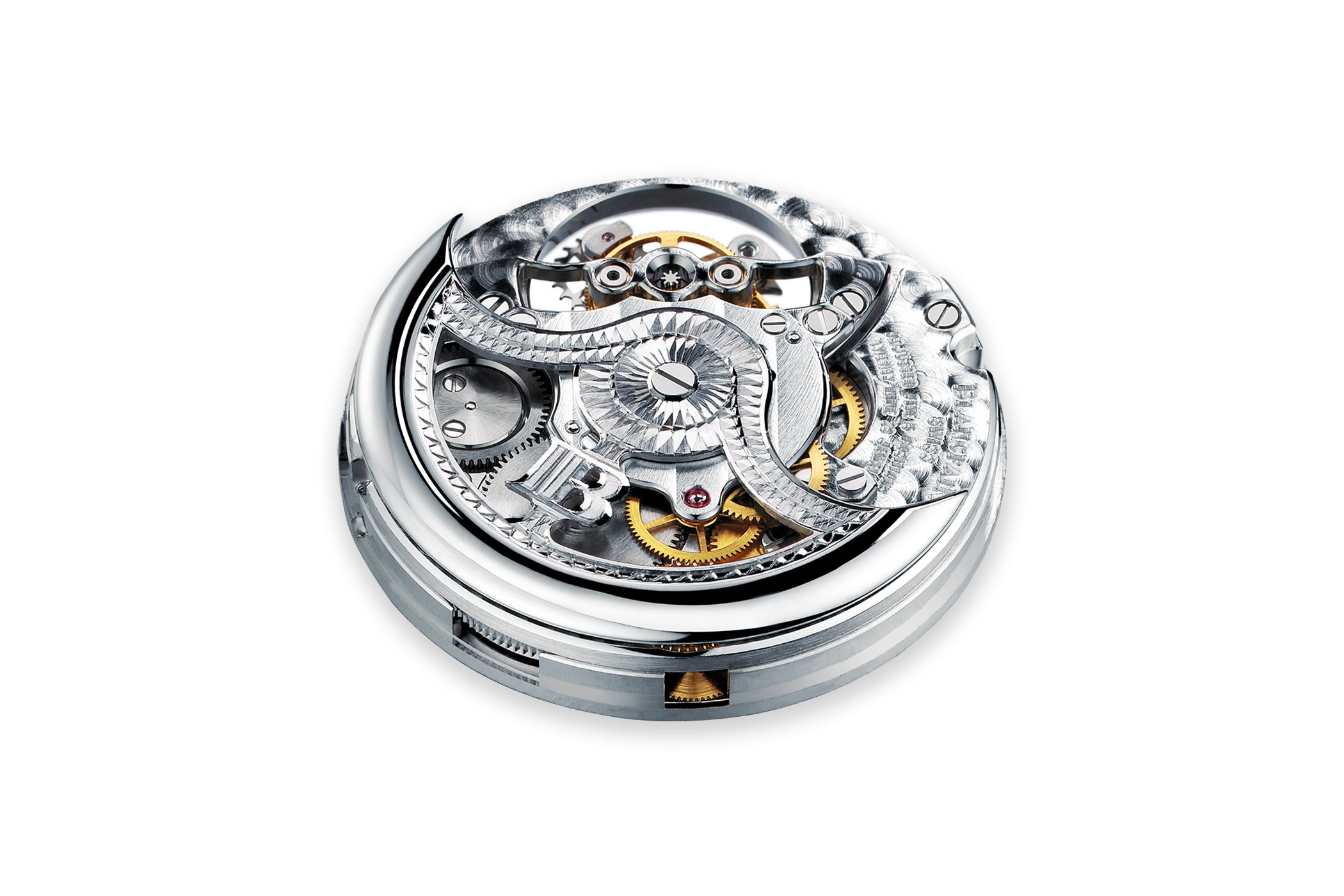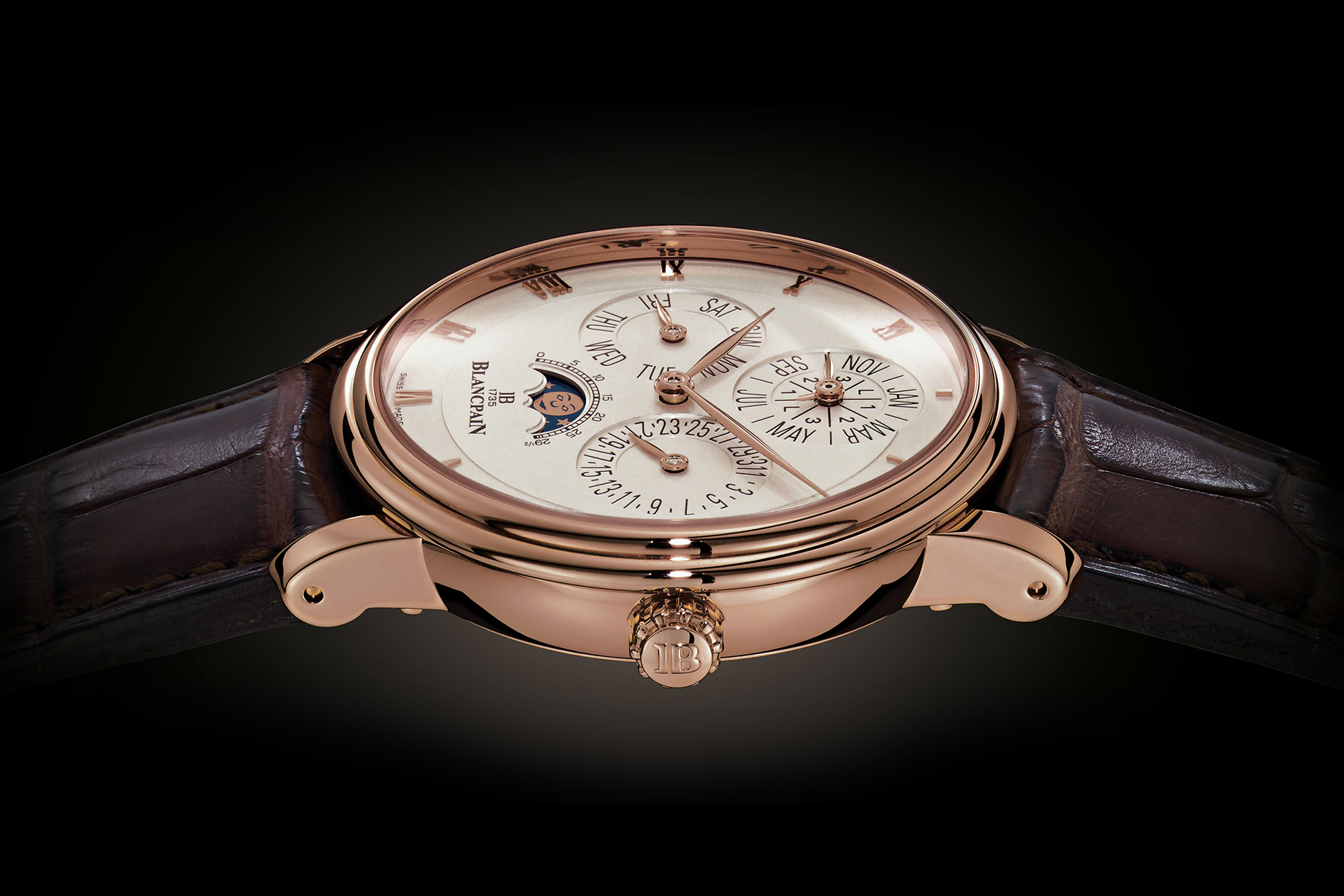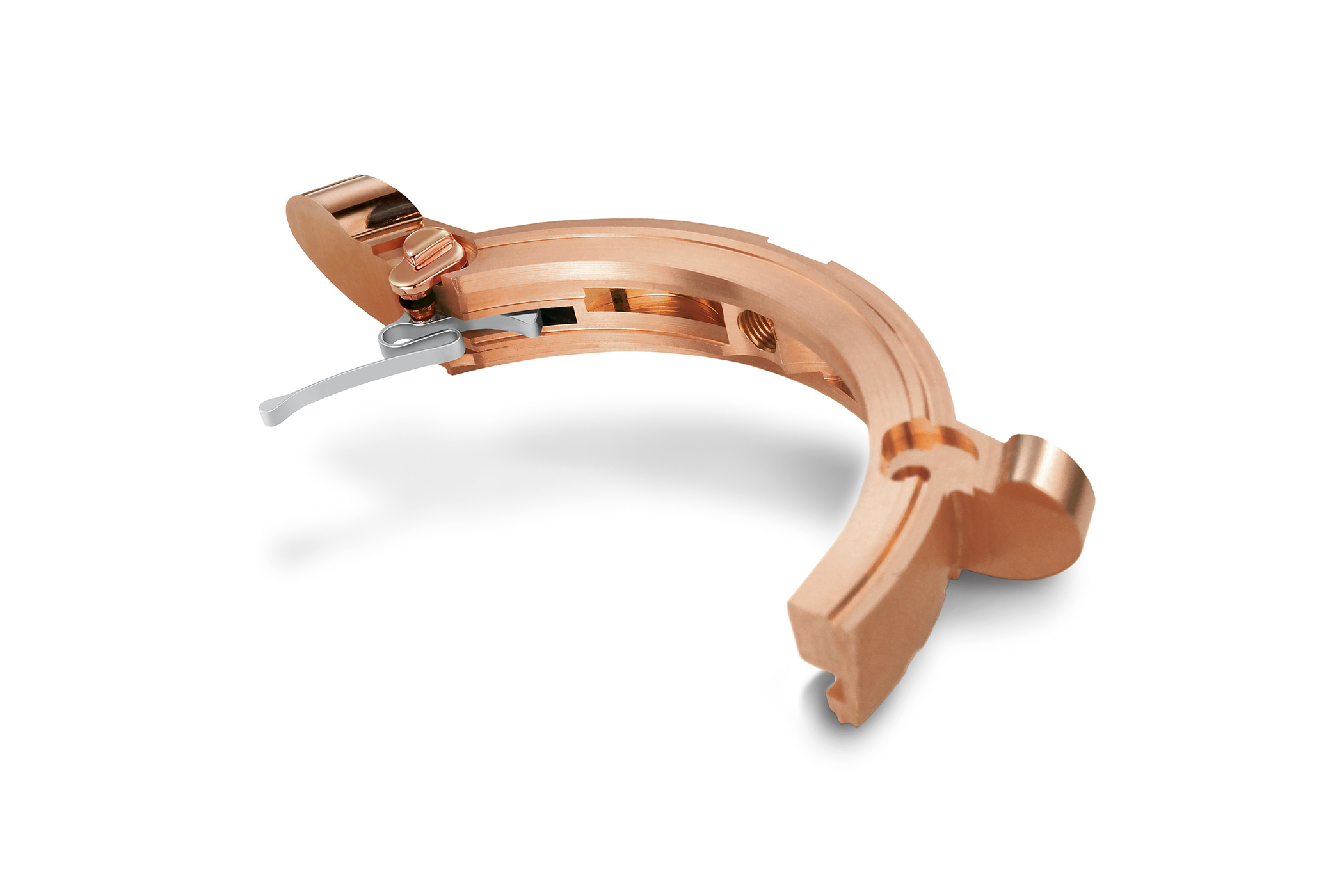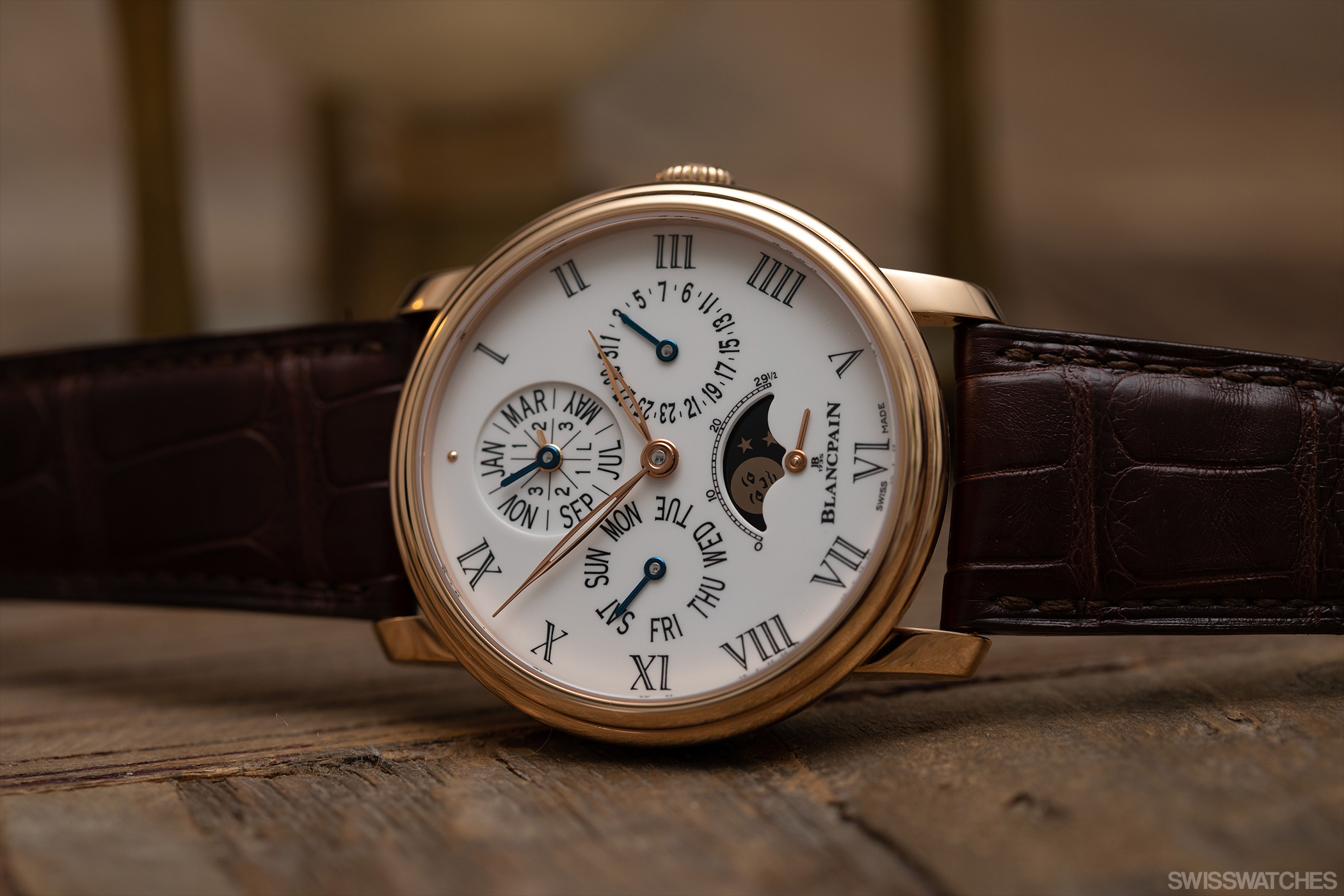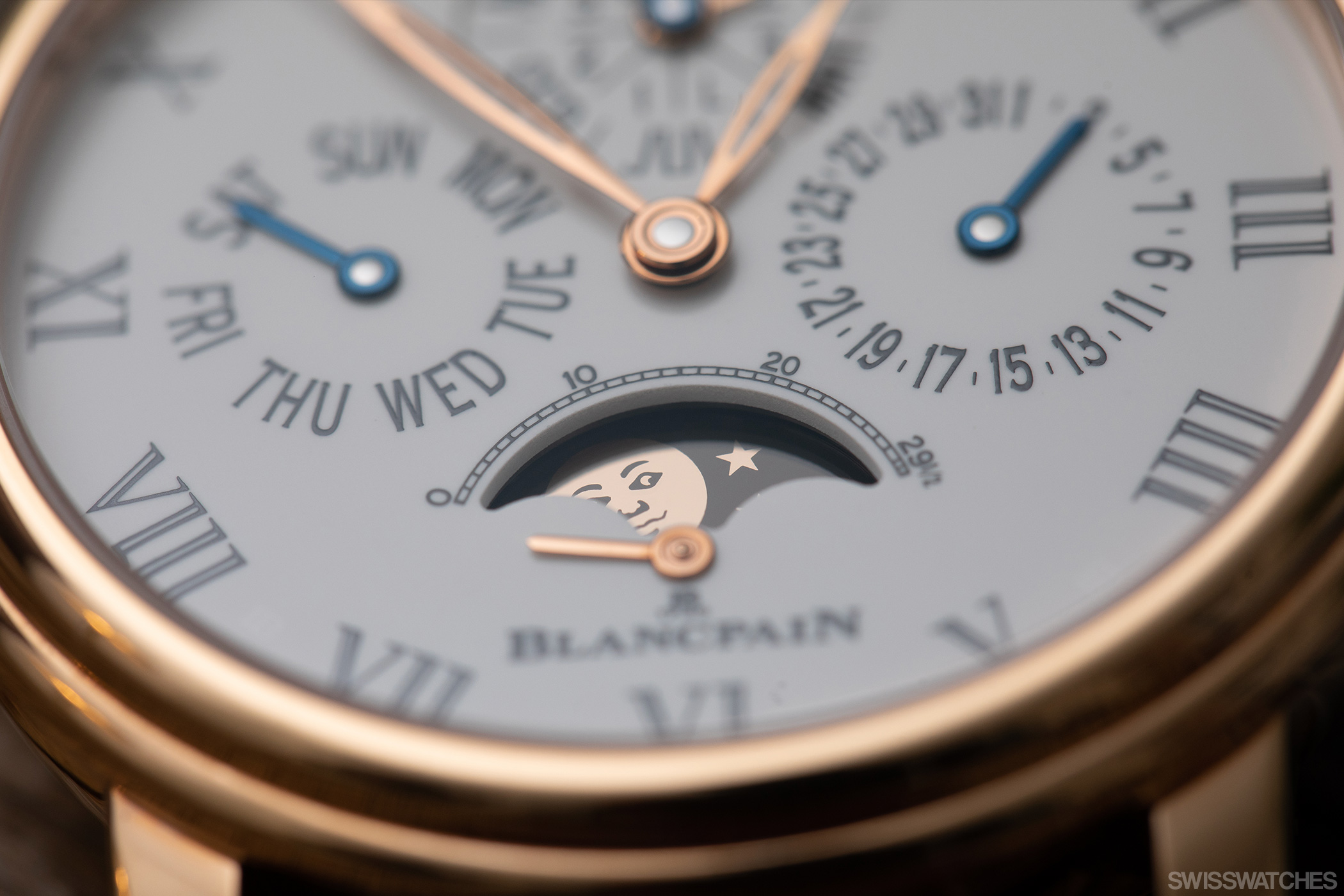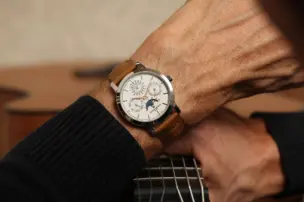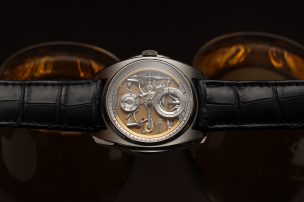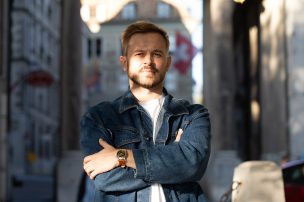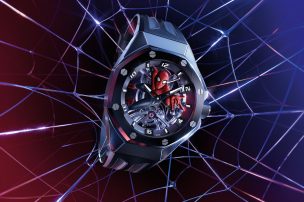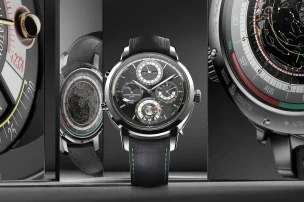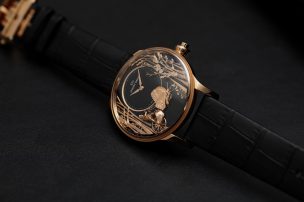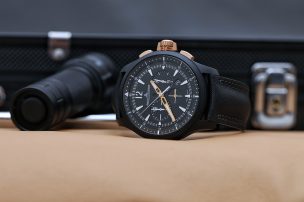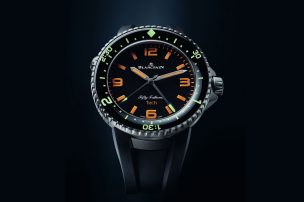
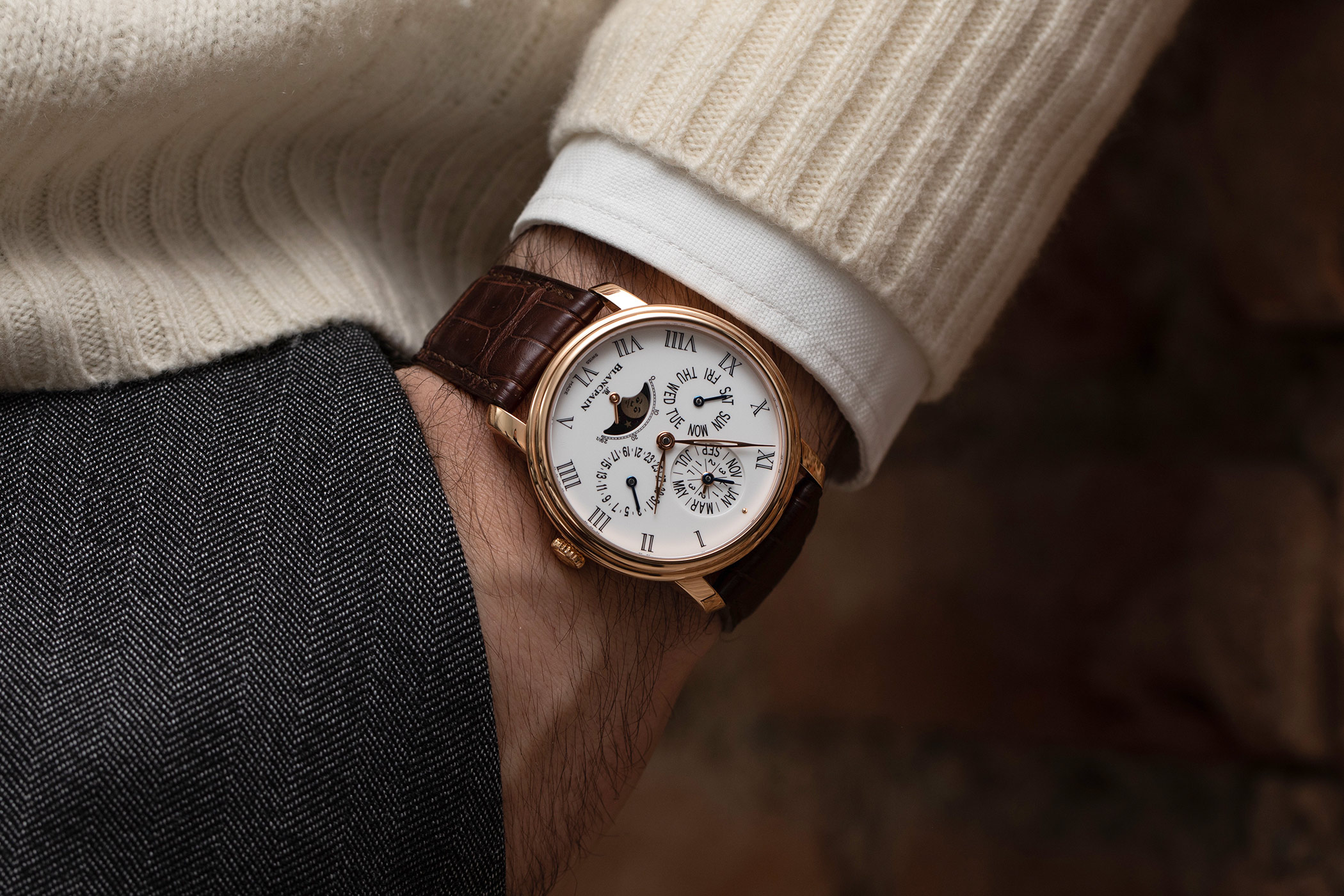
A Closer Look: Blancpain’s Masterful Villeret Models
Blancpain’s history begins in the village of Villeret, where it was founded in 1735 by Jehan-Jacques Blancpain, a schoolmaster turned watchmaker. With this founding year, Blancpain claims the right to be the oldest watch brand in the world. The horology house’s Villeret collection embodies this long and successful corporate history of traditional watchmaking while attesting to the brand’s longevity. In this article, Swisswatches takes a closer look at how the collection defied the quartz crisis in the 1980s, going on to produce extraordinary watchmaking innovations to this day.
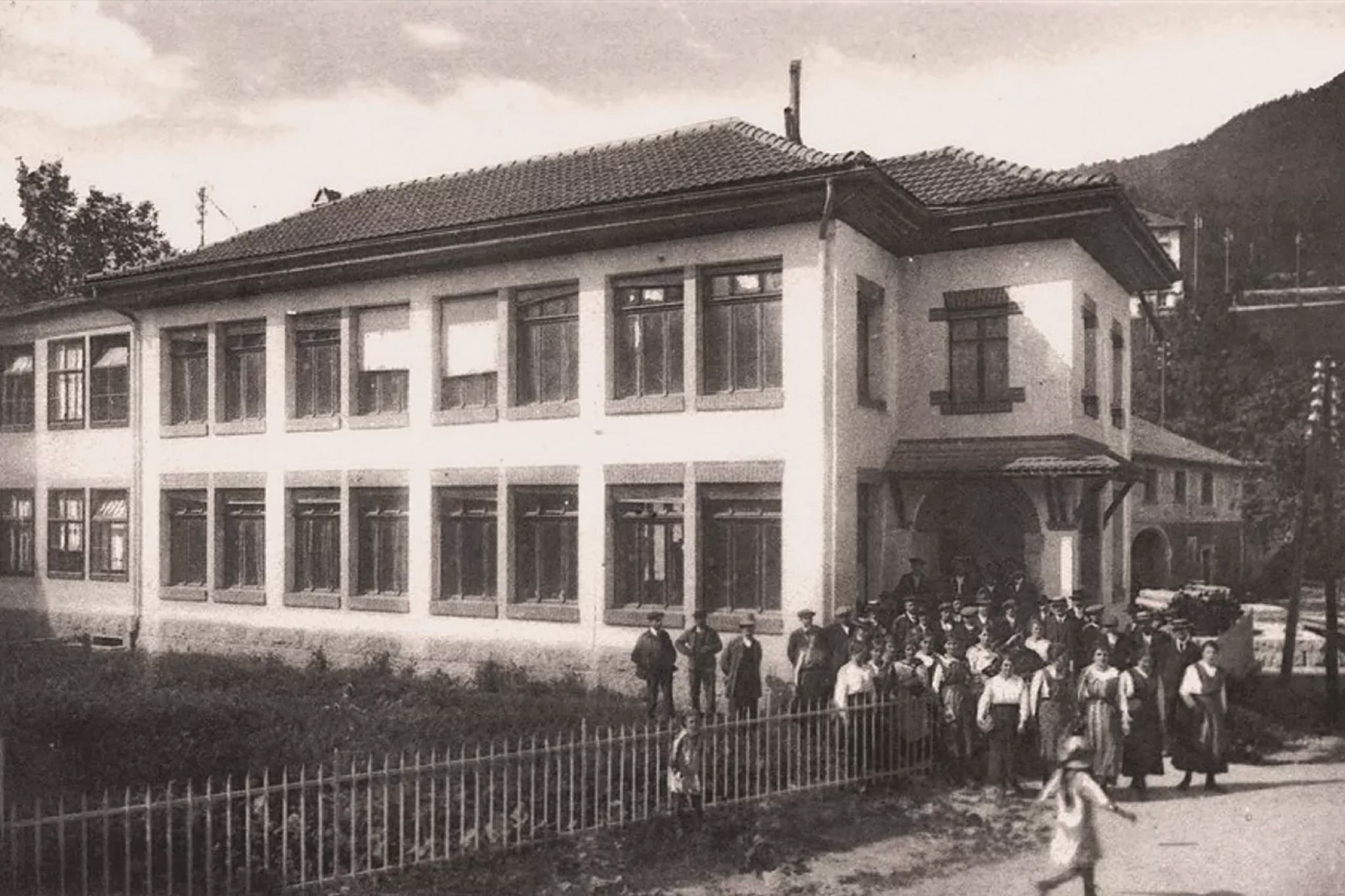
The Manufacture in Villeret around 1920
A successful corporate history
Let us first take a look at the company’s relatively recent past, which has a somewhat turbulent history. It all began with Frédéric-Emile Blancpain, the representative of the seventh generation of the Blancpain family, whose far-reaching success story in the company was brought to an abrupt end following his sudden death in 1932. The company was then taken over by Betty Fiechter and sales director André Léal, who jointly purchased the company in June 1933, renaming it Rayville-Blancpain (Rayville is a phonetic anagram of Villeret). This name change became necessary upon the death of Frédéric-Emile Blancpain, as the last bearer of the family name disappeared from the company.
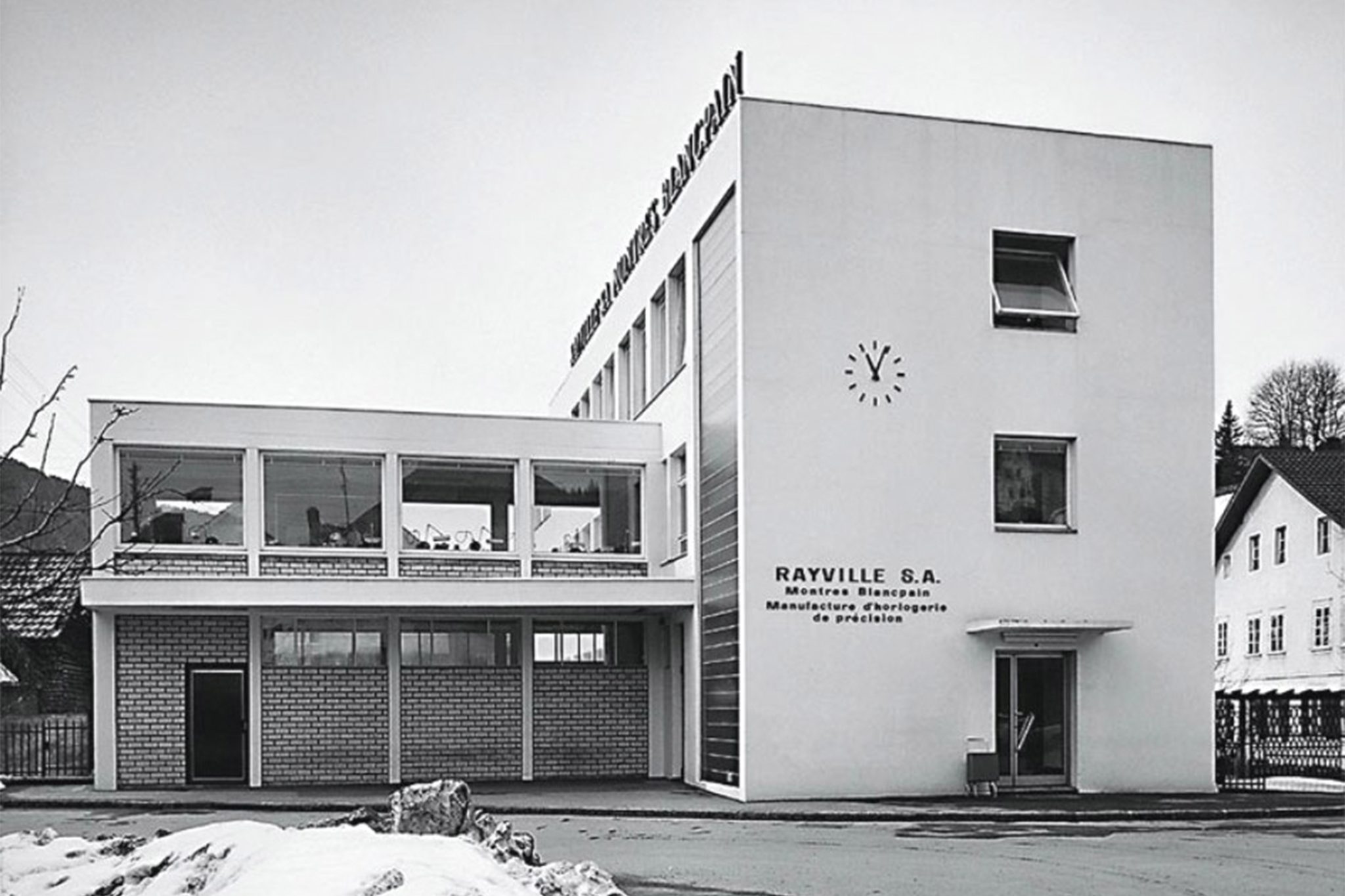
The Rayville-Blancpain Manufacture in Villeret around 1963
But Betty Fiechter’s beginnings were not carefree. The outbreak of the Great Depression in 1929 plagued the entire watch industry with a flood of unemployment. Salvation was promised through flight to the US market, which offered somewhat better business than Europe by the mid-1930s. Betty recognised the growing momentum compared to other global regions and focused on developing close partnerships locally to sell ladies’ watches. The company also made a breakthrough as a watch movement supplier. Rayville-Blancpain’s most important customers now included Gruen, Elgin and Hamilton.
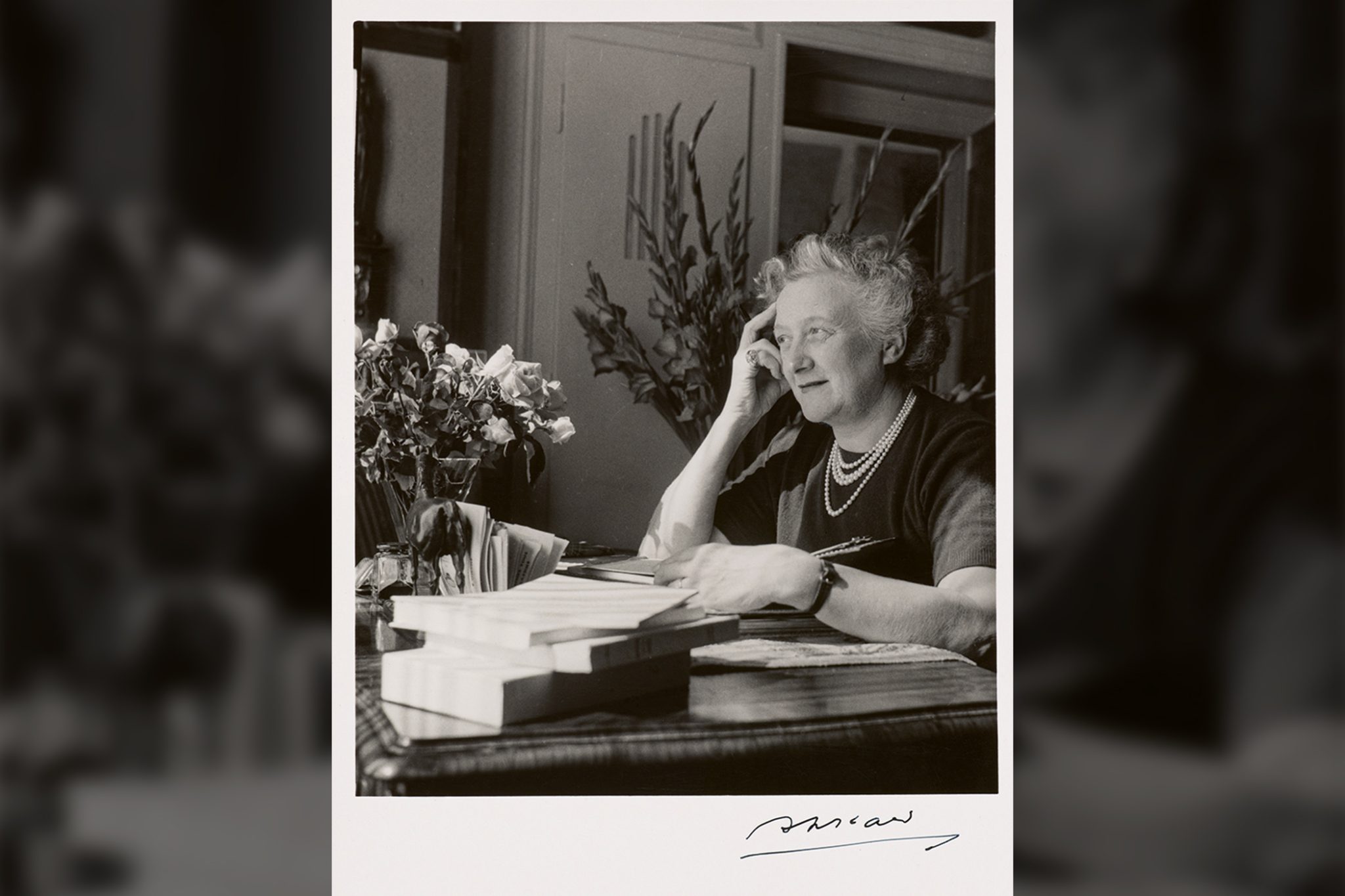
Betty Fiechter
A streak of success was followed – as is so often the case – by another low; her business partner André Léal died. Despite these unfortunate turns of fate, Betty Fiechter was able to hold her own in the industry and was thoroughly successful. In 1950, her nephew Jean-Jacques Fiechter also joined the company. Although he had no particular expertise or experience in watchmaking or business, Jean-Jacques helped Betty to run Blancpain. This developed into almost 20 years of joint management.
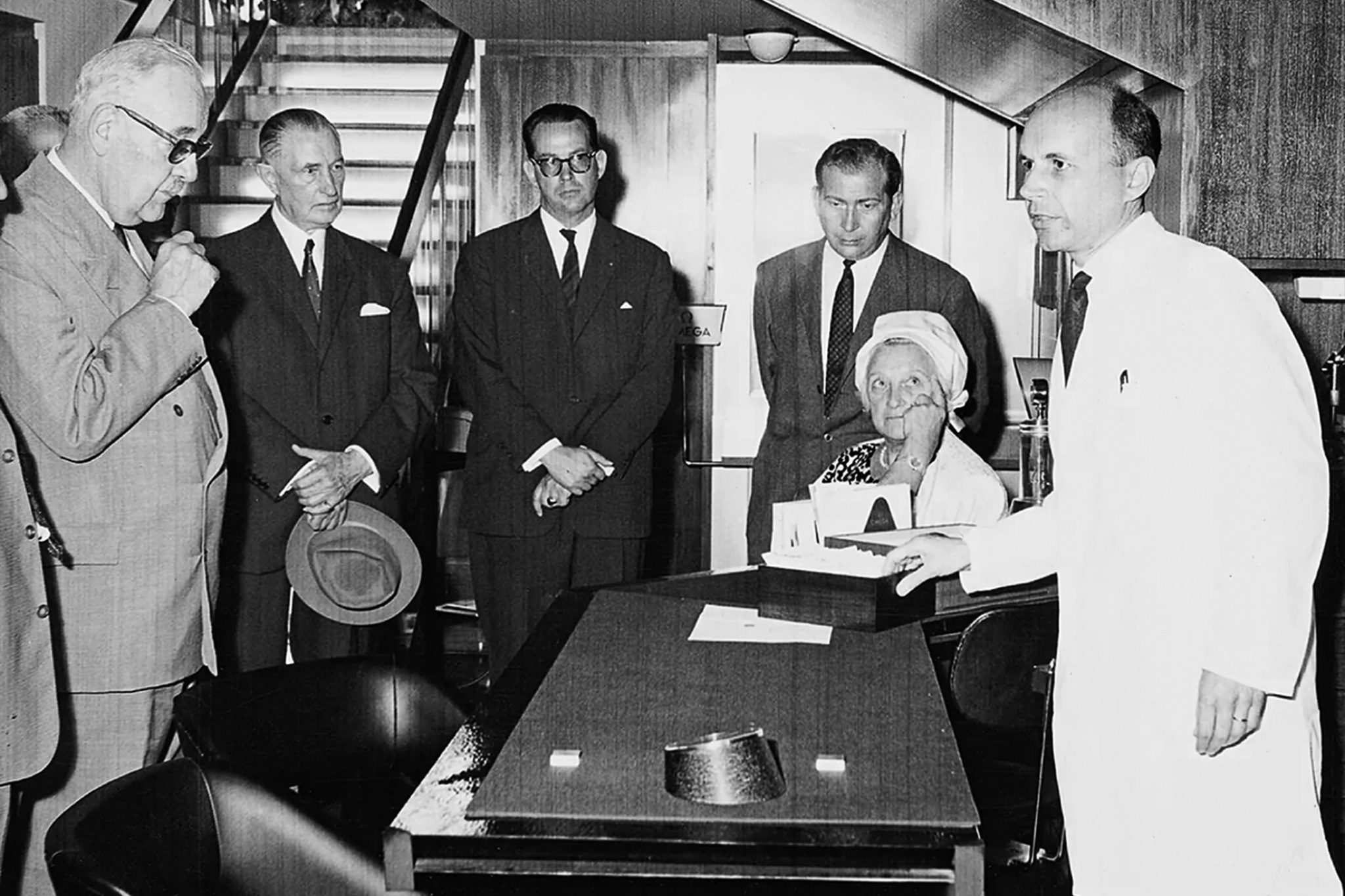
Betty and Jean-Jacques at the opening of the watch and jewellery shop Les Ambassadeurs in Geneva in 1965
The birth of a pioneer
Both as a watch brand and as a movement supplier, Blancpain was now extremely popular. Its successful models included the Fifty Fathoms, the first modern diving watch, which appeared in 1953, the Ladybird ladies’ watch, and the cocktail watch created for Marilyn Monroe. With a growing production of more than a hundred thousand watches in 1959 and an increased demand, it was clear that Fiechter needed one thing; extra money. And the SSIH (Société Suisse pour I’Industrie Horlogère), Fiechter decided, could give it to her. The SSIH then included Omega, Tissot and Lemania, and in 1961 Rayville-Blancpain joined the flock.
The passing of Betty Fiechter in 1971 ushered in the company’s next era, and with it the leadership of Jean-Jacques Fiechter. Fiechter was quickly put to his toughest test: the quartz watch’s success story began, and its toll upon the Swiss watch industry is well known. Almost two thirds of companies in the Swiss watch industry did not survive the quartz crisis.

Jean-Jacques Fiechter
Due to the crisis, SSIH’s production had collapsed to half of its former volume by 1979. To attempt to ease this pressure, engineer and business consultant Nicolas G. Hayek was brought on board in 1980 to expand the group into the Swatch Group, which Blancpain is still part of today. But before that, in order to raise new capital, the Blancpain brand name was sold to two partners: Jacques Piguet (head of the watch movement manufacturer Frédéric Piguet) and Jean-Claude Biver (an SSIH executive at the time). Jacques Piguet and Jean-Claude Biver created the watch manufacture Blancpain as we know it today; a brand that no longer focuses on producing quality watch movements for other brands, but rather dreams up its own creations. Thus, the watch movement manufacturer Frédéric Piguet became the Blancpain manufacture.
Timeless: The Villeret Collection
What makes the collection tick?
Aesthetically inspired by classicism since its launch at Baselworld in 2010, the Villeret collection is timelessly elegant with its Roman numerals, simple dials and round cases with double-stepped bezels. The collection takes its name from the village of Villeret, the birthplace of Blancpain. However, the values embodied in the collection are not new; they were previously an integral part of the Classique collection, which Blancpain introduced in the 1980s and then renamed the current Villeret collection.
Calendar complications undoubtedly play a major role within the collection. For example, the Classique line was originally first launched with the Villeret Quantième Complet (Ref. 6263-3642-55), a full calendar watch with moonphase. In fact, this watch is said to have evoked the renaissance of mechanics in watchmaking during the quartz crisis. It was also considered the initiator of the industry-wide reintroduction of the moonphase display at the time, which had virtually disappeared from the scene as manufactures sought to cut costs in the face of quartz competition. Naturally, however, the collection boasts all the watchmaking wonders, from ultra-flat watches to a flying tourbillon. All the watches are united not only by their appearance, but also by their long-lasting power reserves.
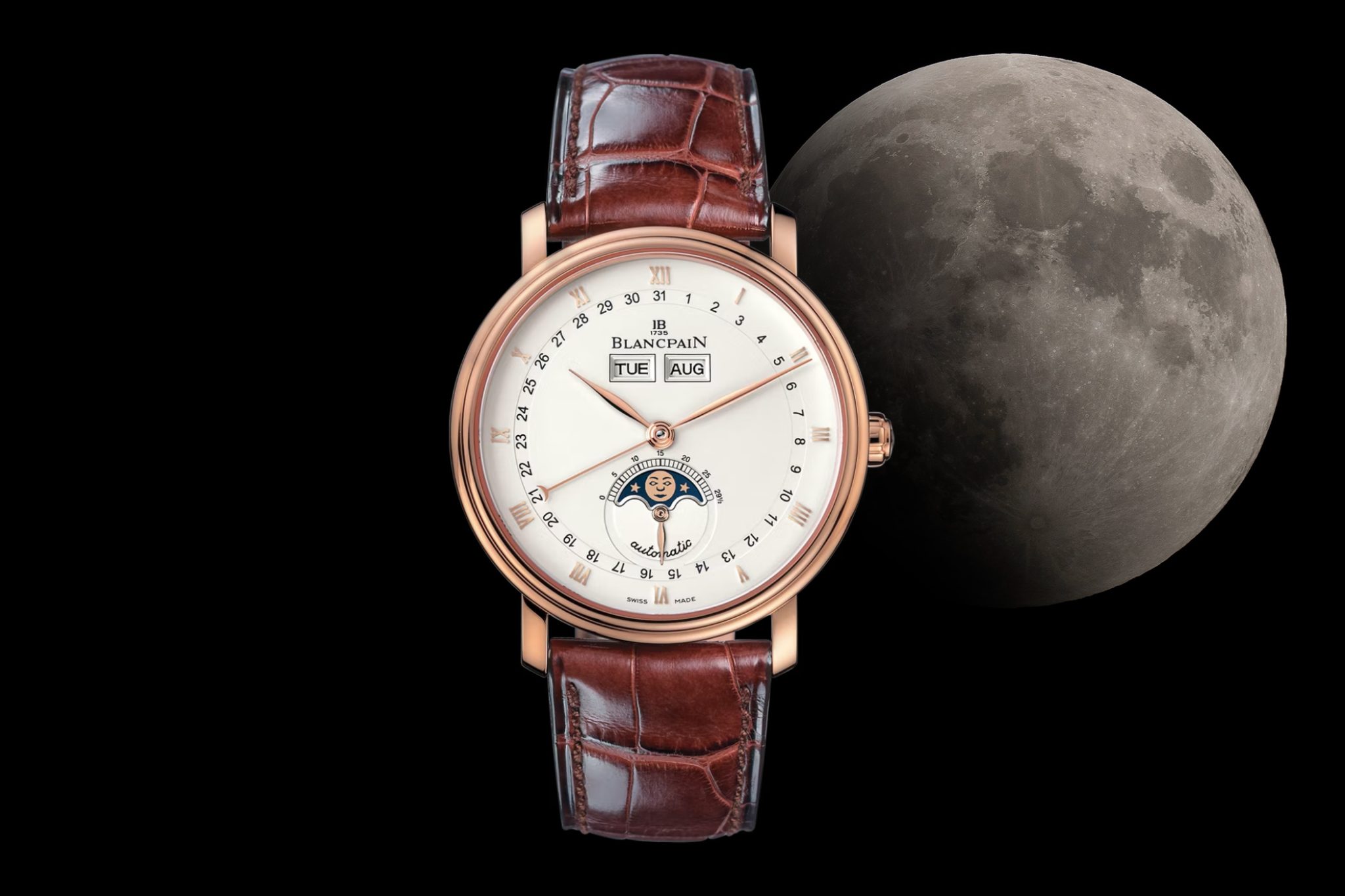
The Villeret Quantième Complet (Ref. 6263-3642-55)
Innovation in the collection
The Villeret collection presents itself as the manufacture’s most classic line, but what exactly constitutes ‘classic’ in the watch world? In most cases, a classic can be described as a collection that is both disruptive and innovative, outlasting the style of its time. Of course, these collections must mature and endure for years to be worthy of the term. Chronicling a remarkable series of records and horological innovations, the Villeret collection has undoubtedly earned this name. Let us first take a look at some of these innovations.
Done to perfection: The thinnest flying tourbillon
The tourbillon was conceived in order to counter the effect of gravity on pocket watches, which would sit stationary in an upright or horizontal position. It does so by distributing the effect of gravity on the oscillating system (balance and hairspring) evenly over all positions of at least one plane of rotation. Although this invention by master watchmaker Breguet was effective for pocket watches, the mechanism offers little improvement in accuracy for modern mechanical wristwatches, as the constant movement of the wrist provides a similar effect against gravity as the tourbillon. Today, therefore, the device is more an aesthetic show of craftsmanship than an important component of a watch. With the addition to the Villeret collection presented in 2014, the Villeret Tourbillon 12 Jours, Blancpain has optimised this concept even further. On the dial, the tourbillon cage at 12 o’clock has been enlarged to maximise the disclosure of the balance and escapement. This timepiece also embodies the character of the Villeret collection, with its grand feu enamel fired dial and elegantly open-worked hands.
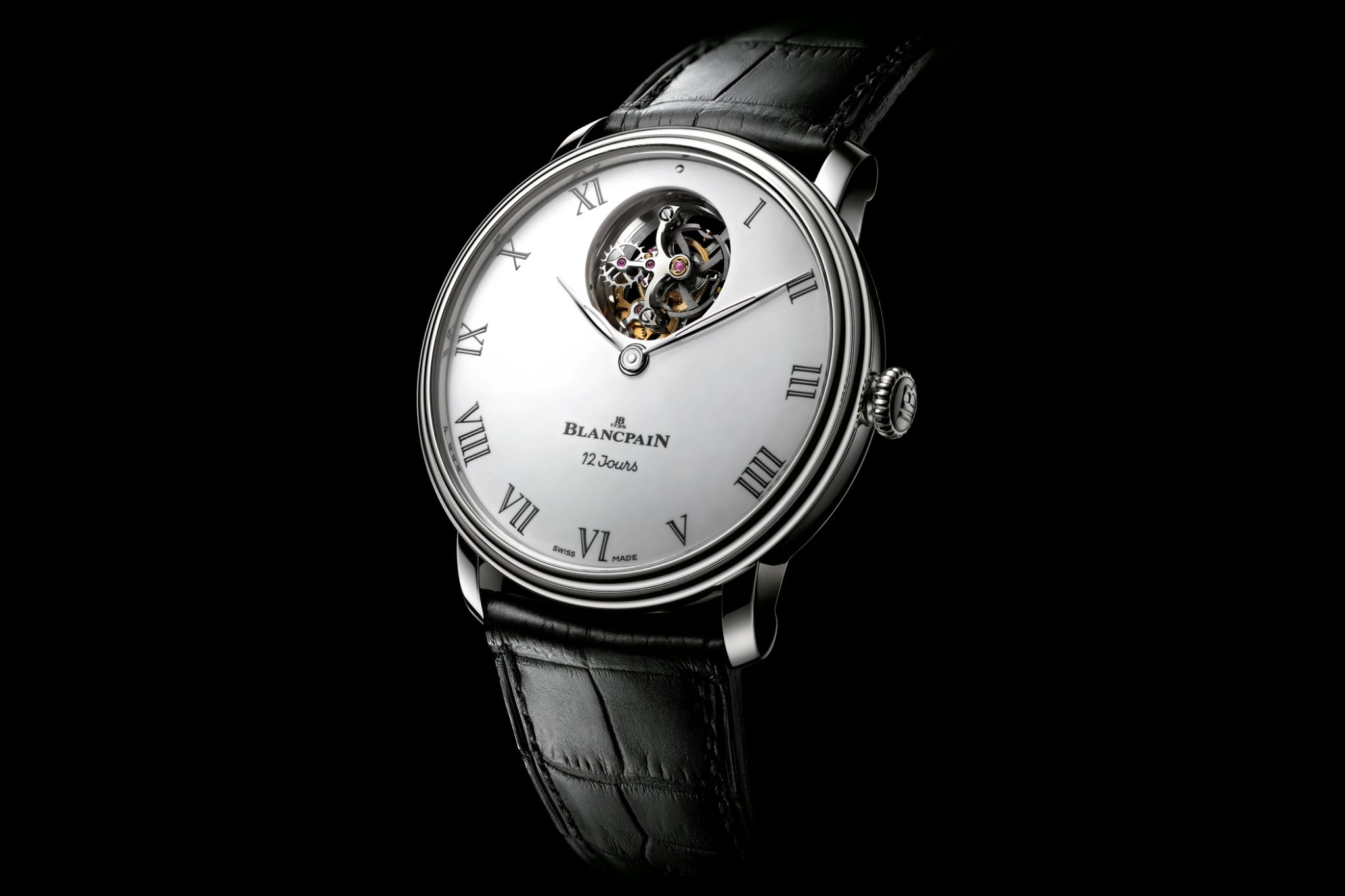
The Villeret Tourbillon 12 Jours (Ref. 66240 3431 55B)
The caseback offers an equally – if not greater – spectacle. Blancpain has devoted all its aesthetic skills to its appearance, with the skeletonised oscillating weight revealing the hand-guilloché bridges. Meanwhile, the calibre 242 ticking inside the Villeret Tourbillon 12 Jours, overcomes an additional challenge: it increases the power autonomy once again with an 12 days – and unusually does so with a single barrel. Thanks to this achievement, it was the tourbillon movement with the highest power reserve in the world at the time.
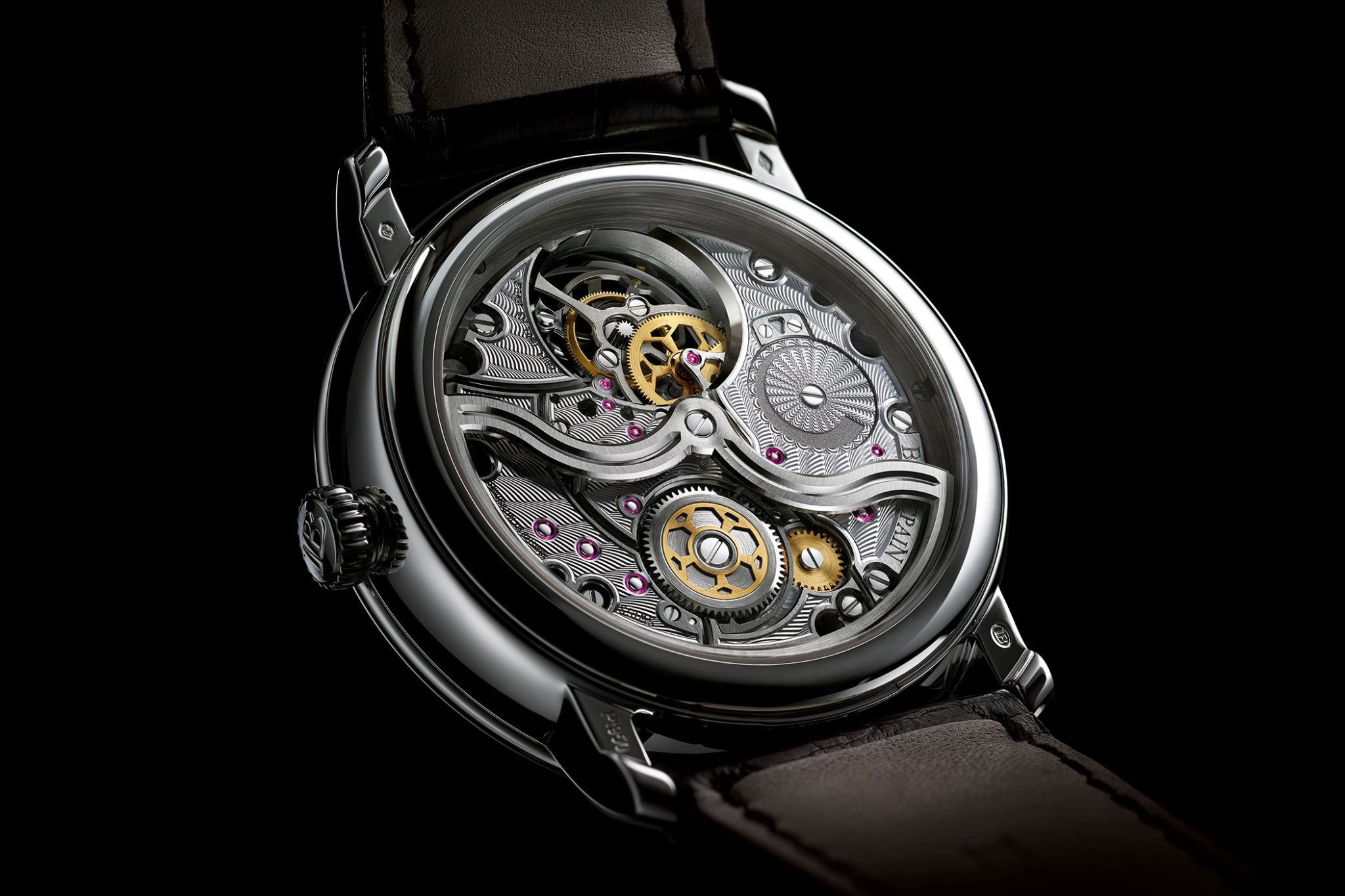
Blancpain set another record in 1998 with the calibre 25, the first automatic tourbillon movement, with an 8-day power reserve. At the time, it was the first flying one-minute tourbillon in a wristwatch, and Blancpain thus freed its owners from the obligation to wind the watch every day. For more than a week, the wearer could rely on the time display before the winding crown had to be operated again.
The Villeret Tourbillon Squelette 8 Jours (Ref. 6025AS 3430 55A) with the Calibre 25
Six masterpieces: A milestone
Mona Lisa by Leonardo da Vinci, Doktor Faustus by Thomas Mann, Lacrimosa by Wolfgang Amadeus Mozart; all of these masterpieces of painting, literature and classical music attest to the skill of great artists and are generally considered the pinnacles of high culture. Traditionally, a masterpiece is the title given to a piece that a craftsman makes in order to achieve a master title and demonstrate his skill. With the presentation of its six masterpieces in the early 1980s, Blancpain marked its claim to the highest art of watchmaking and, while the Swiss watch industry was going through its worst crisis, underwent its own master examination.

An ultra-thin watch
With its first masterpiece, Blancpain takes up the challenge of ultra-thin watchmaking. In horology, it is considered building complex movements with a height of only a few millimetres while maintaining accuracy certainly counts as a masterpiece. The thinner the case, the more complex the construction of the movement, as the parts have to be adjusted accordingly.
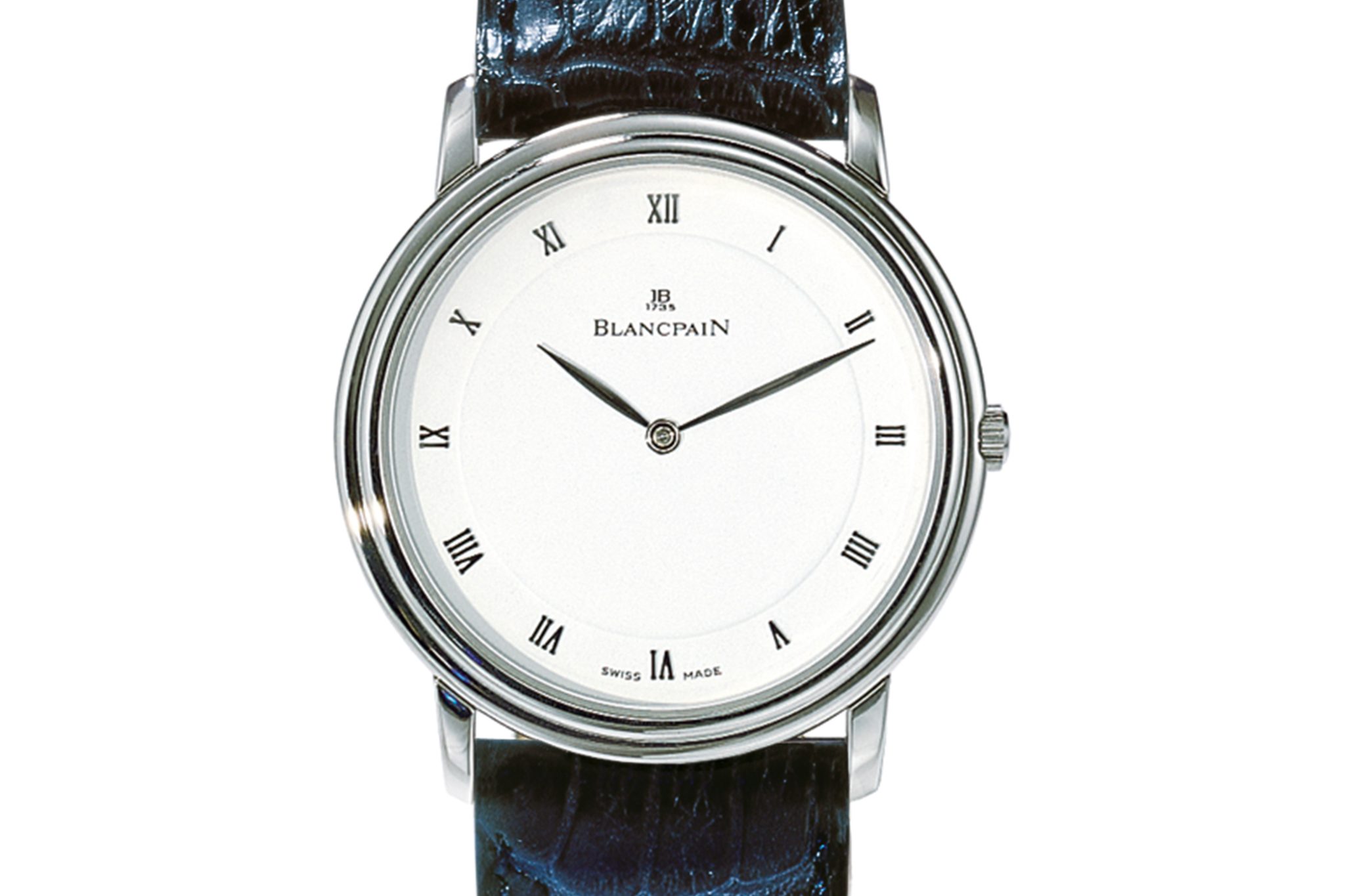
A moonphase
Astronomical movements inspired Blancpain to conceive the second masterpiece. Depending on how the moon is positioned in relation to the earth, it is also visualised on the lunar time display; thus, the side of the sun is either completely visible (full moon), partially visible (quarter of the moon) or not visible at all (new moon).
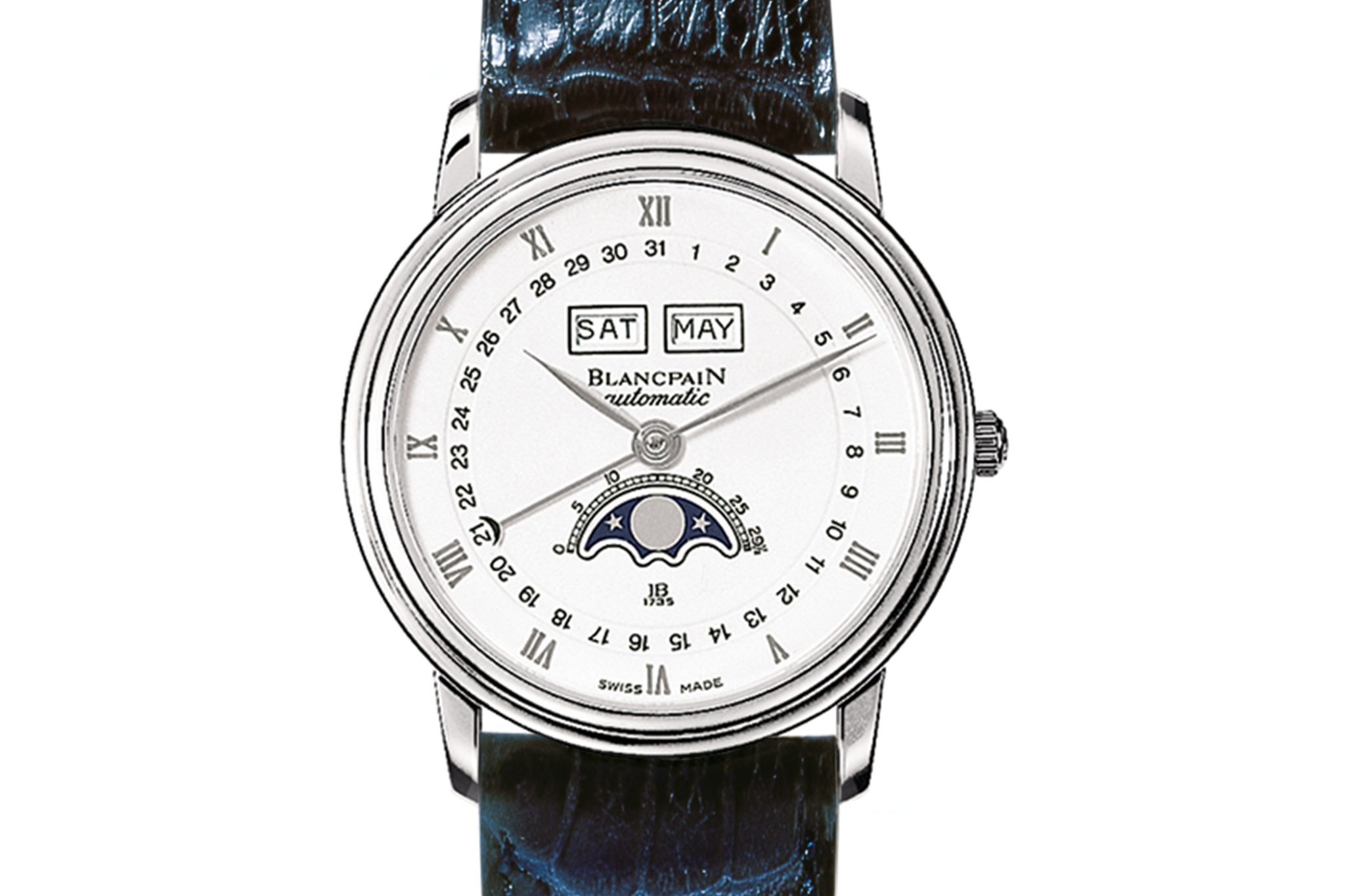
A rattrapante chronograph
The split-seconds chronograph, often called a rattrapante chronograph, offers the possibility of measuring short time intervals with an additional hand, the split-seconds hand. For this purpose, the drag hand runs as a second hand under the stop-seconds hand and can be uncoupled when stopping.
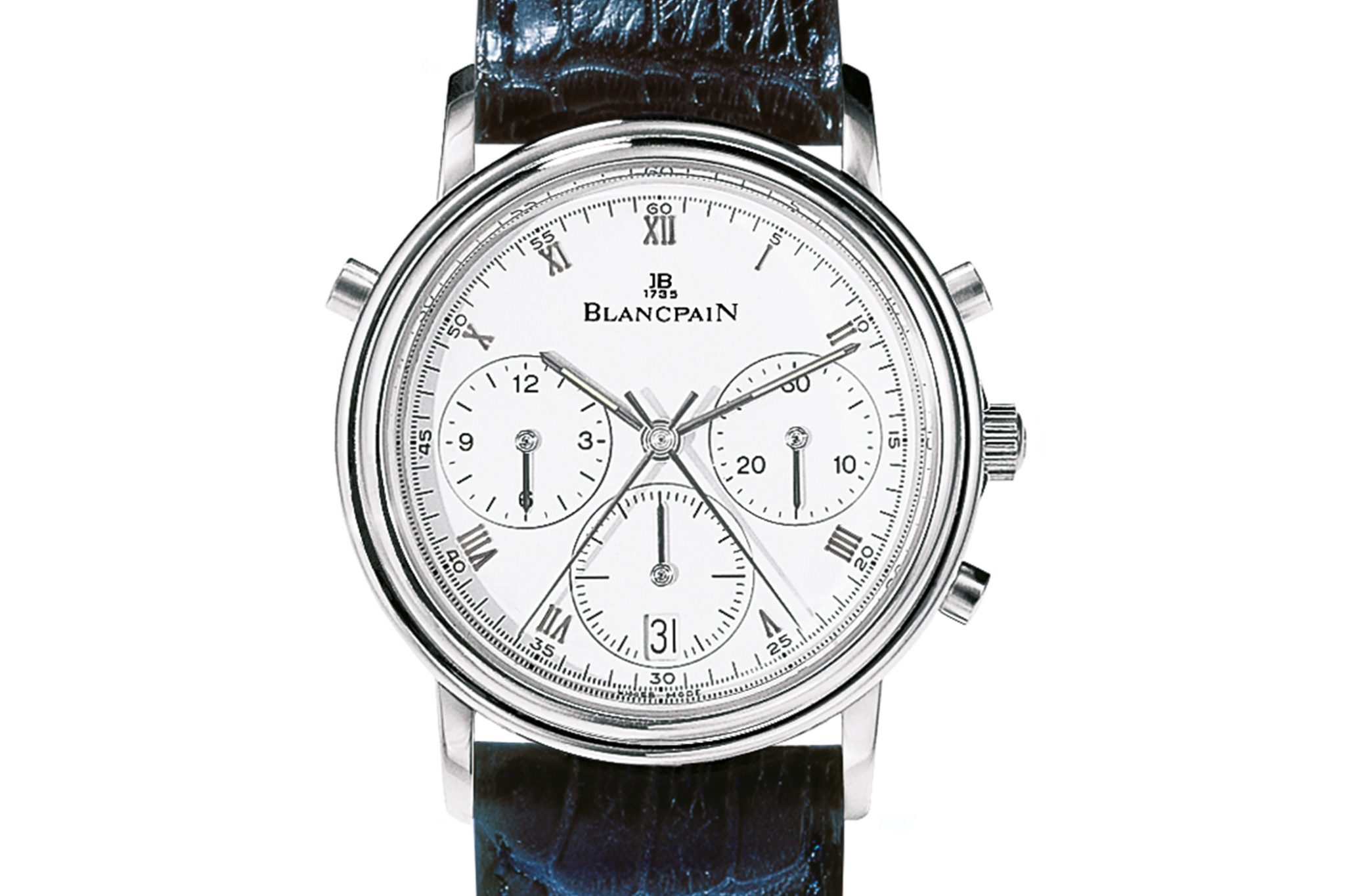
A perpetual calendar
For its next masterpiece, Blancpain chooses the complication that, as is so often the case, gives the Villeret collection its functionality and charm. The perpetual calendar automatically takes into account months of thirty or thirty-one days and leap years. Only in the year 2100 does the reform of the Julian calendar decreed by Pope Gregory XIII in 1582 require the watch to undergo a small manual correction of the perpetual calendar. Then, the 29th of February has to be removed once, hence why the date has to be changed manually to the 1st of March.
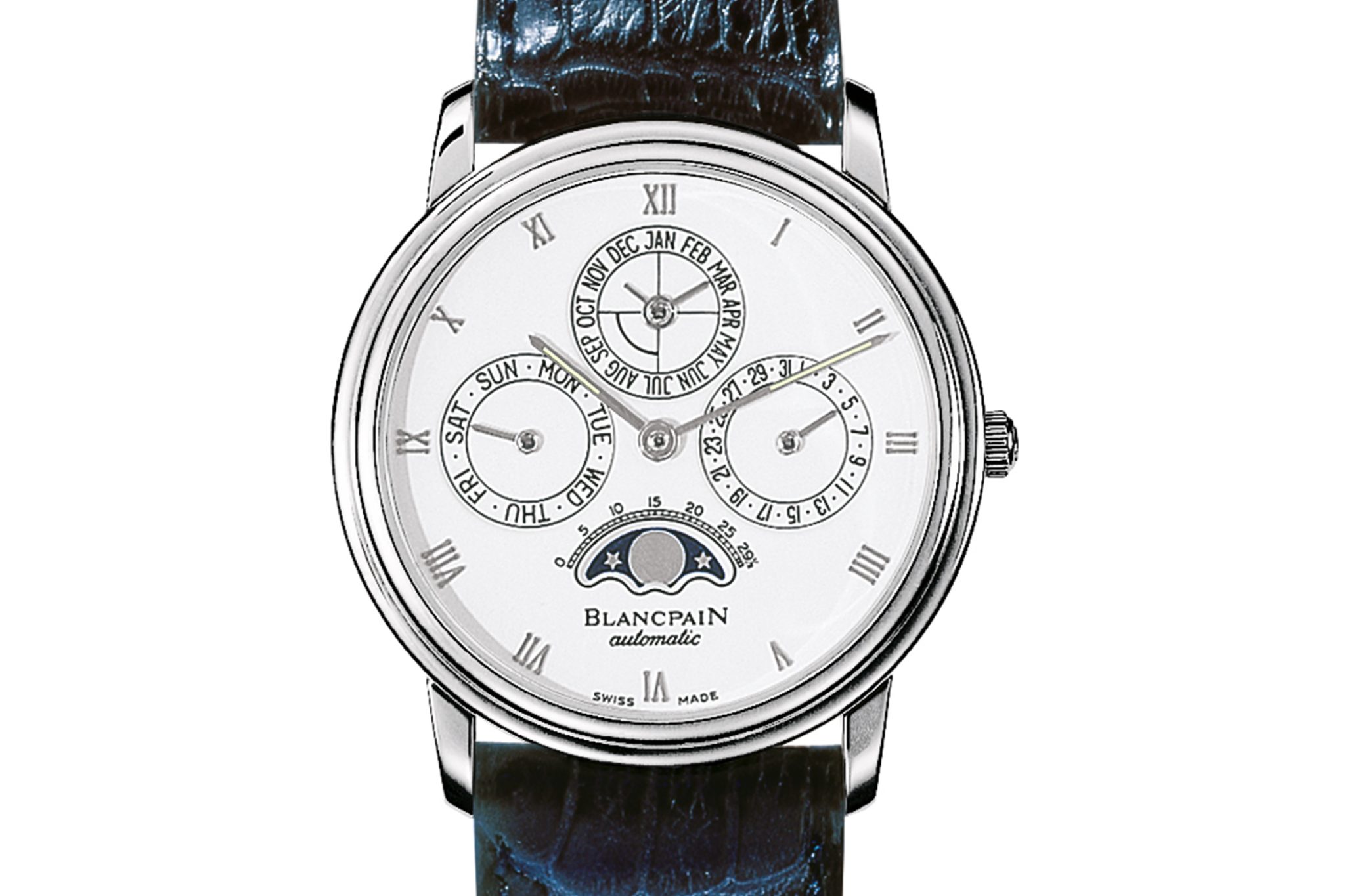
A tourbillon
The aforementioned tourbillon is a technical device that is as technologically sophisticated as it is aesthetically pleasing. Since its invention 222 years ago by Abraham-Louis Breguet, the tourbillon has defied the influence of gravity on its accuracy by rotating on its axis every 60 seconds through a cage made up of more than 50 parts. In this masterpiece, Blancpain dispenses with the upper bridge of the tourbillon so that the rotating cage with balance, hairspring and escapement can be admired unhindered through the dial opening.
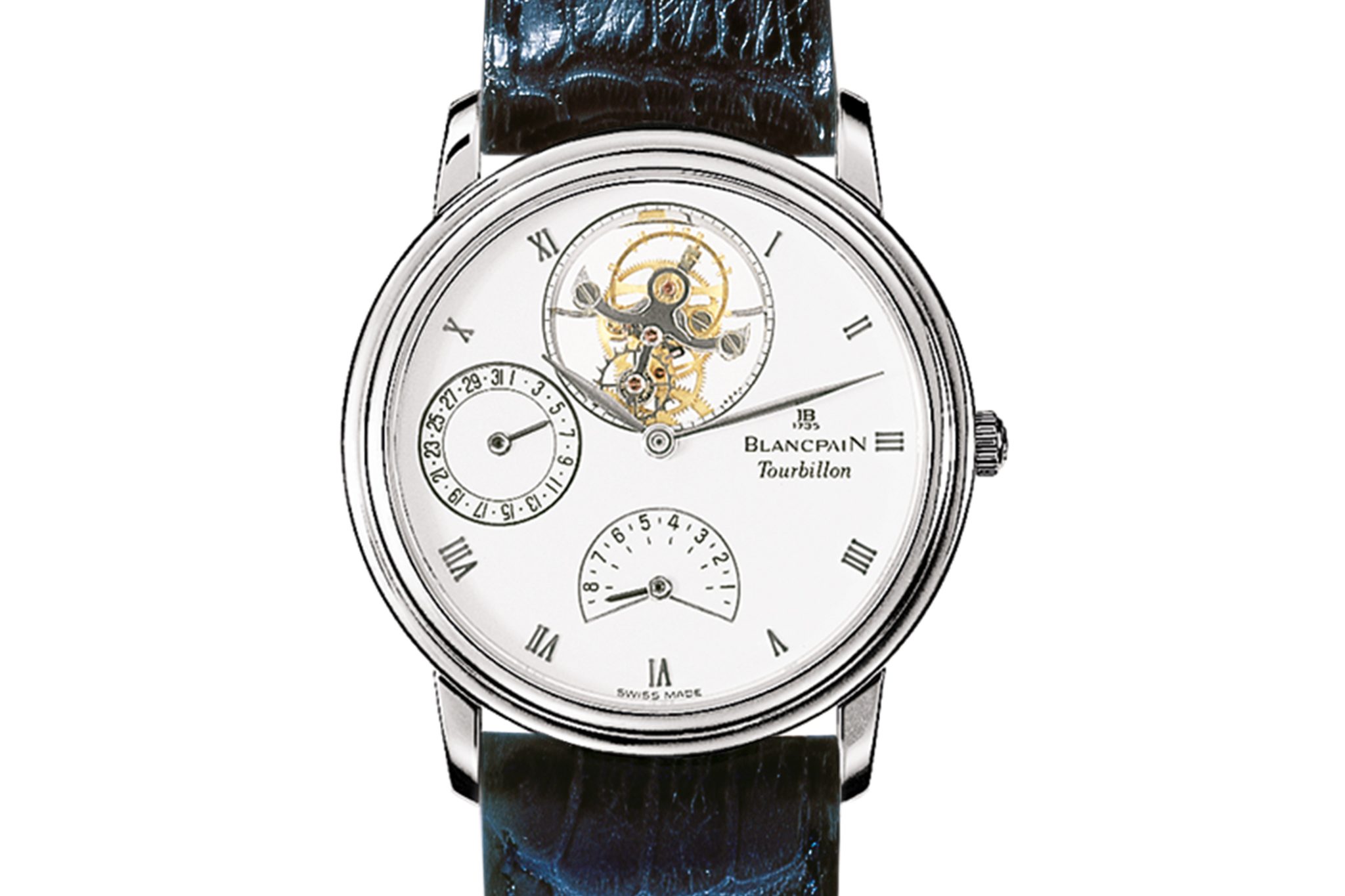
A minute repeater
The final masterpiece is the conversion of the time into sounds. For this purpose, the clocks are equipped with an independent striking mechanism consisting of two small hammers that strike different sounds for the hours, quarter hours and minutes.
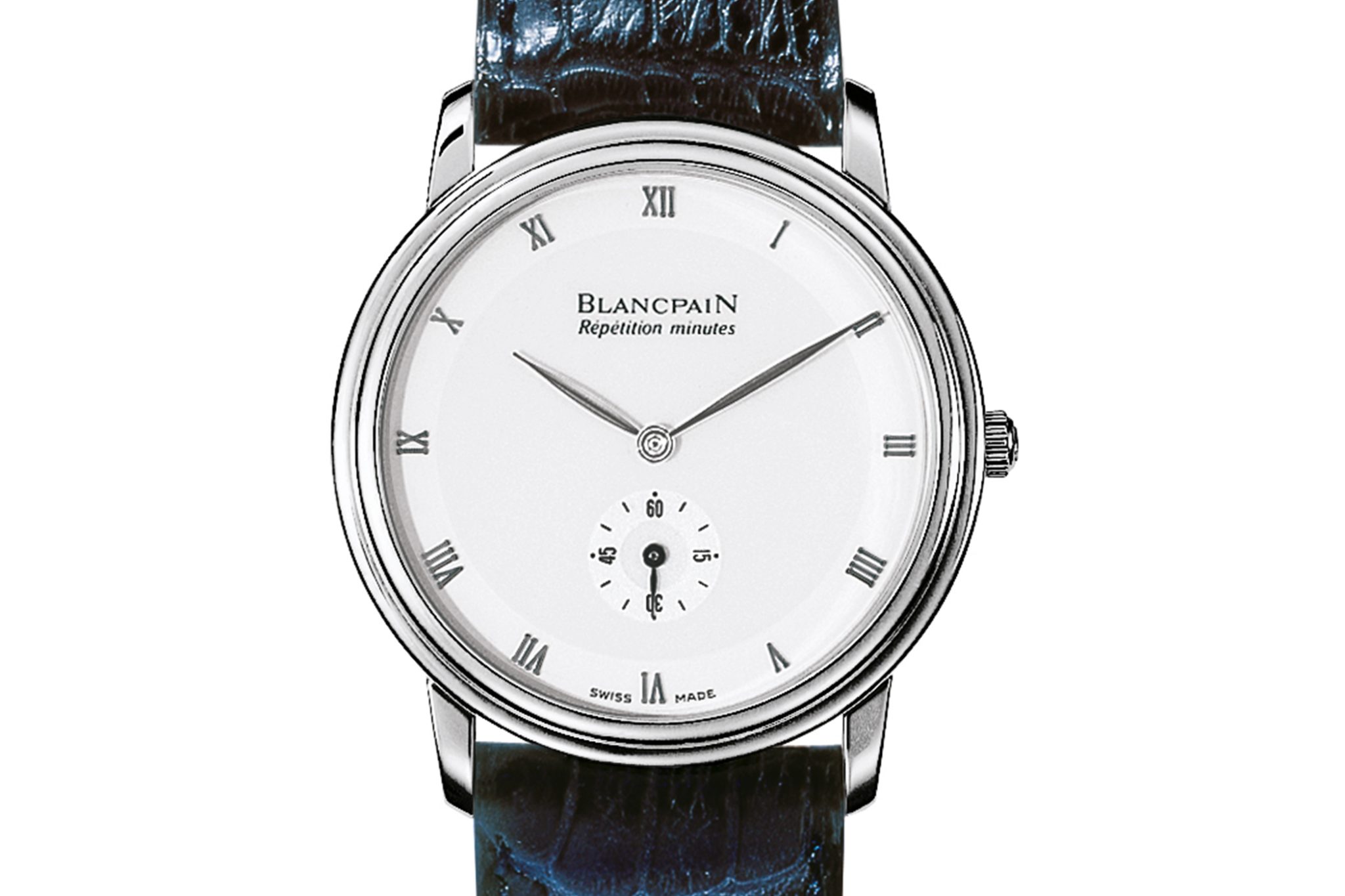
The most complicated watch in the world
These six masterpieces formed the basis for Blancpain’s most dedicated project: the unification of all these masterpieces of traditional watchmaking in one watch; the 1735. In 1991, it was considered the most complicated wristwatch ever made, and was nevertheless mass-produced. Anyone can imagine the level of technical expertise required to create even one of these horological refinements. Thus, Blancpain’s watchmakers were faced with the daunting task of constructing a movement that would combine all of these masterpieces.
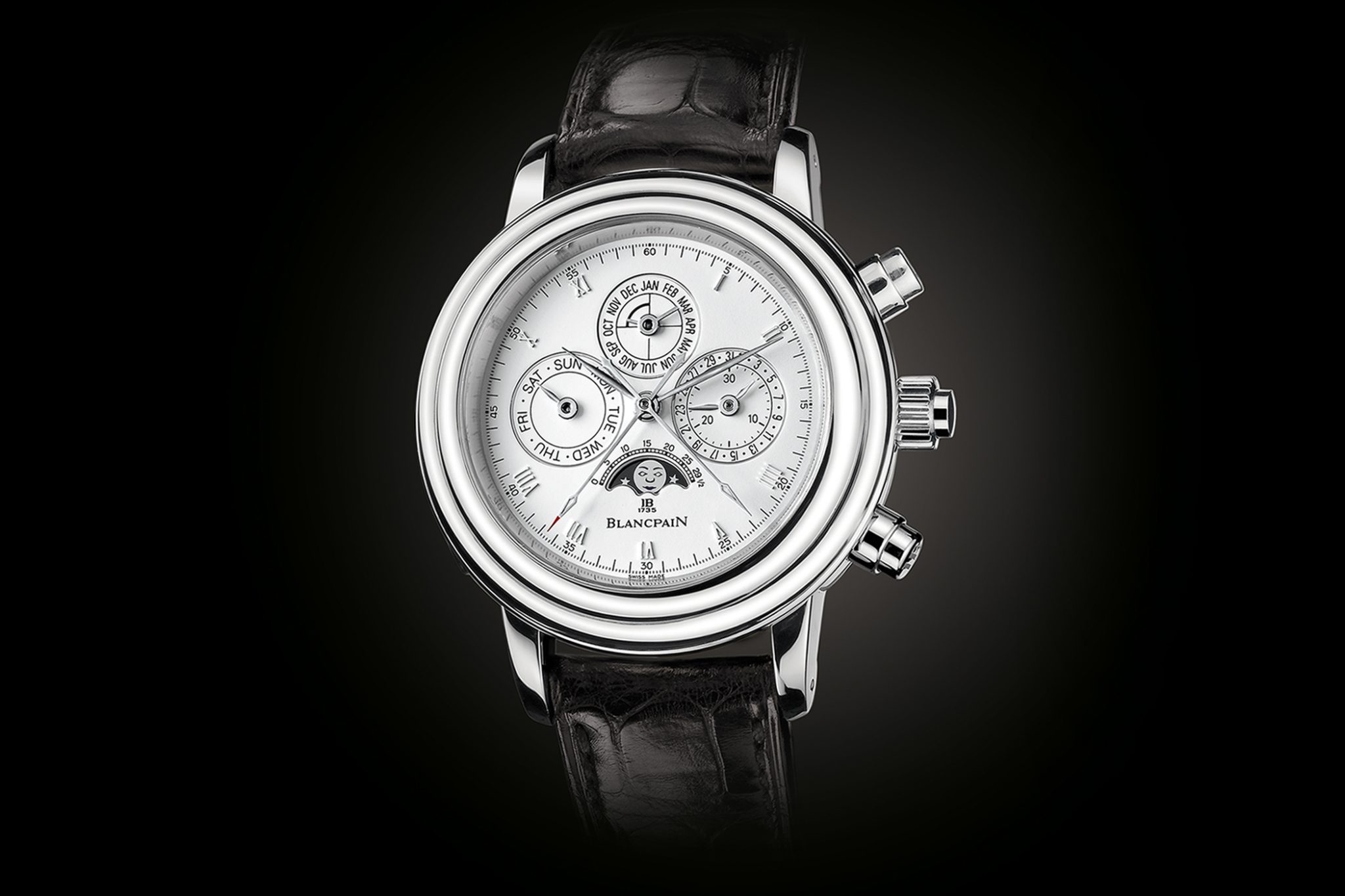
The „1735“
The result Blancpain’s watchmakers came up with was the Calibre 1735, which consists of no less than 740 individually handcrafted parts and measures 12.15 mm in height. Despite its many complications, the calibre 1735 runs with a solid power reserve of 80 hours.
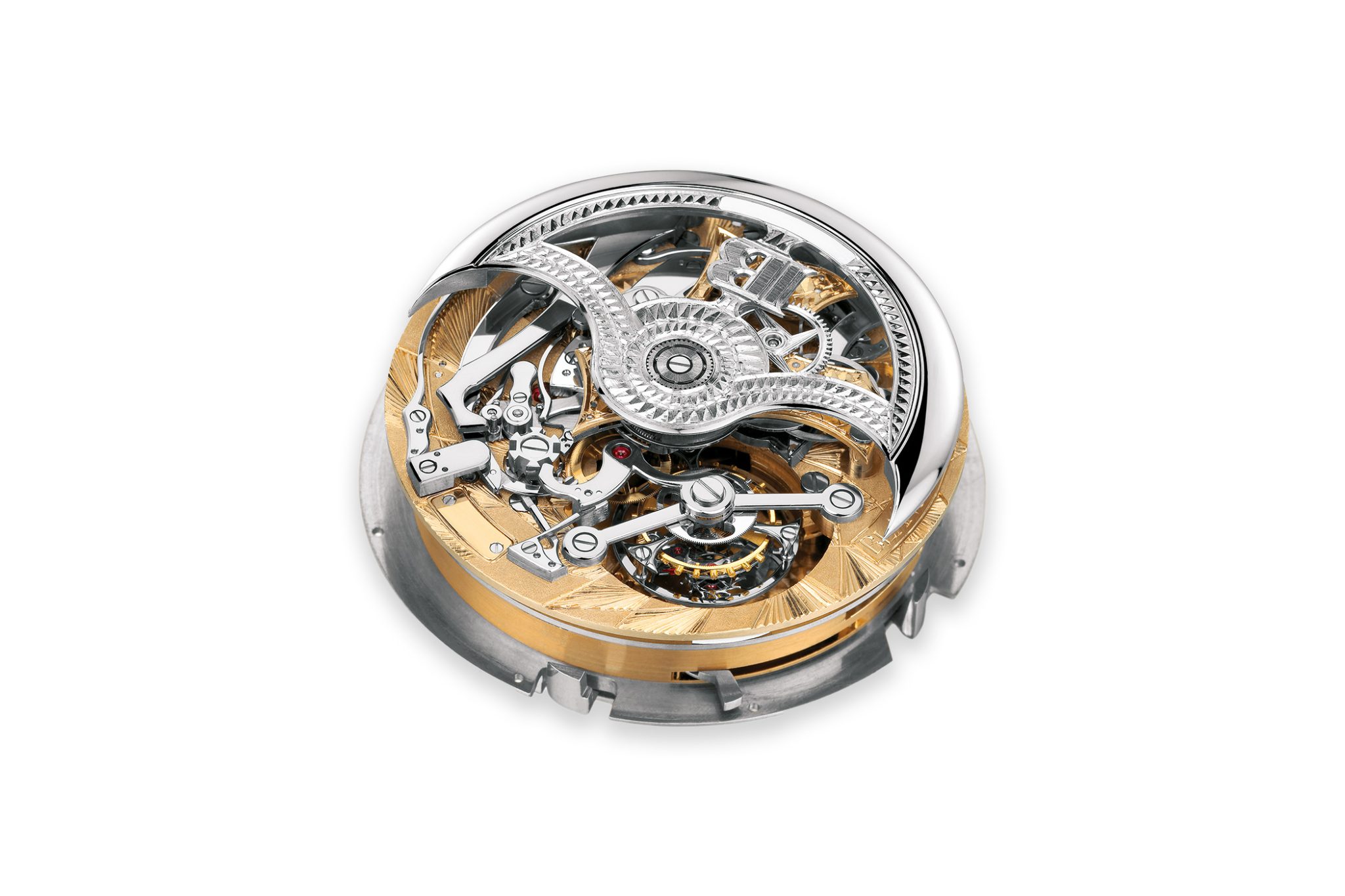
The Kaliber 1735
Looking to the future
Essentially, all calendar mechanisms must be able to be set manually in case the watch ever stops. Nevertheless, they all require careful operation, with very precise instructions – often with enclosed operating instructions – to be followed step by step. This is the problem that the entire watch industry has to contend with. In the perpetual calendar, the daily or periodic advance of the indications is guaranteed by a gear train with over or under wheels. However, if the wearer tries to adjust the calendar indications while the movement itself is making the necessary changes, they risk damaging this fine mechanism through their manual intervention. For this reason, many customers shy away from this time-consuming process and the risk of adjusting the date.
With the Villeret Quantième Perpétuel (Ref. 6057-3642-53B), Blancpain launched a watch in 2004 that presented a solution to this problem; the correctors under the lugs. Blancpain distinguished itself by its decision not to place the corrector pushers on the middle part of the case as usual, but hidden under the lugs. The decisive advantage of this construction is that the edge of the centre section of the Villeret thus remained perfectly smooth. Moreover, it was not necessary to adjust the correctors with an additional instrument; a mere touch of the fingertip was enough to advance the four displays of the perpetual calendar.
The Villeret Quantième Perpétuel (Ref. 6057-3642-53B)
Back to the past
The latest version, the Villeret Quantième Perpétuel 8 Jours, brings out two core elements of the collection: a perpetual calendar and a long power reserve of 8 days. The aesthetics of the timepiece are deeply rooted in its predecessors and perfectly reflect the aesthetic elements of the collection. The calendar displays, for example, can be found at 3, 9 and 12 o’clock. They are complemented by a moonphase at 6 o’clock, while the small seconds positioned below complete the picture.
The Villeret Quantième Perpétuel 8 Jours (Ref. 6659 3631 55B)
Over the last thirty years, Blancpain has distinguished itself by the great variety of combinations of perpetual calendars with other complications, such as tourbillons or minute repeaters. Regardless of this, the Villeret Quantième Perpétuel 8 Jours, with its calendar mechanism, is completely rethought and also mechanically follows the new credo of the model line faithfully; the secured calendar mechanism and the correctors under the lugs can also be found on the model. Powering the timepiece is the 5939A self-winding calibre, protected by Blancpain’s proprietary security system against accidental improper use.
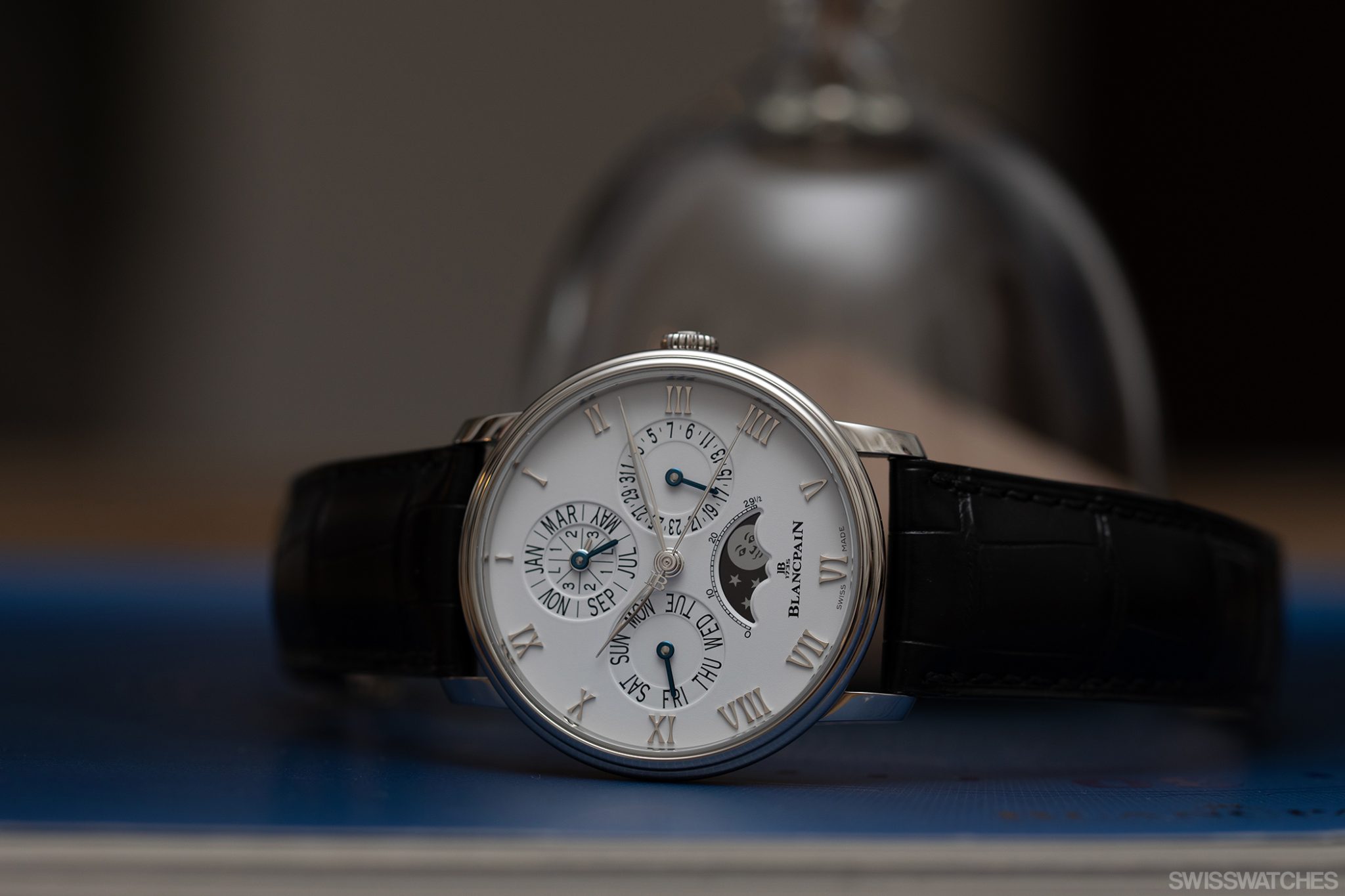
The Villeret Quantième Perpétuel Phases de Lune (Ref. 6656 1127 55B)
The Villeret Quantième Perpétuel 8 Jours is encased in a 42 mm case made of platinum or rose gold. However, the platinum version is only made in a limited edition of 188 pieces. In April 2019, the brand unveiled another limited edition of 88 pieces of the classic Villeret Quantième Perpétuel. The piece, reworked exclusively for the boutiques, was crafted in platinum and finished with a blue dial. The deep blue of the dial combined with the white gold indices gives this limited edition timepiece a strong aesthetic composition. The Villeret Quantième Perpétuel 8 Jours is as technically sophisticated as it is highly emotional. The consciousness of wearing a watch on your wrist that will outlive you – as long as you keep it running – thanks to its eternal complication, is something very special.
